VERY RARE! 1969 Vietnam War U.S. Army Corps of Engineers - Military Construction Division "FIELD HOSPITAL" Theater of Operations Blueprint #1 (Double-Sided)
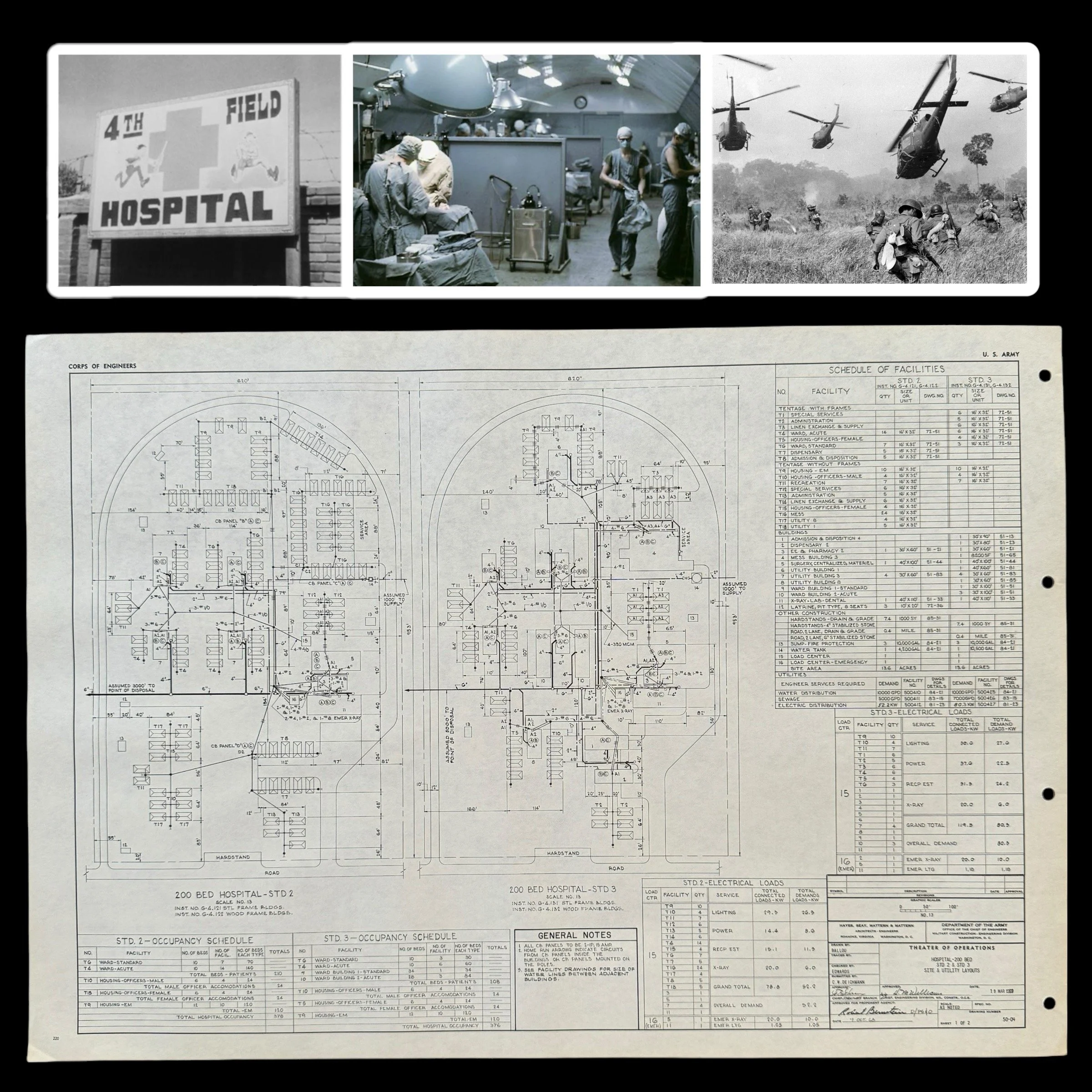
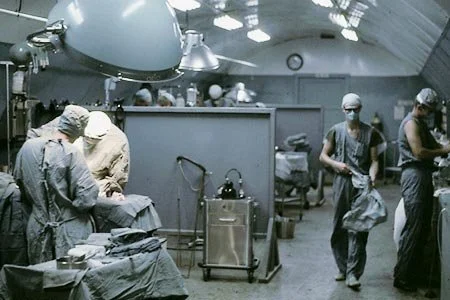

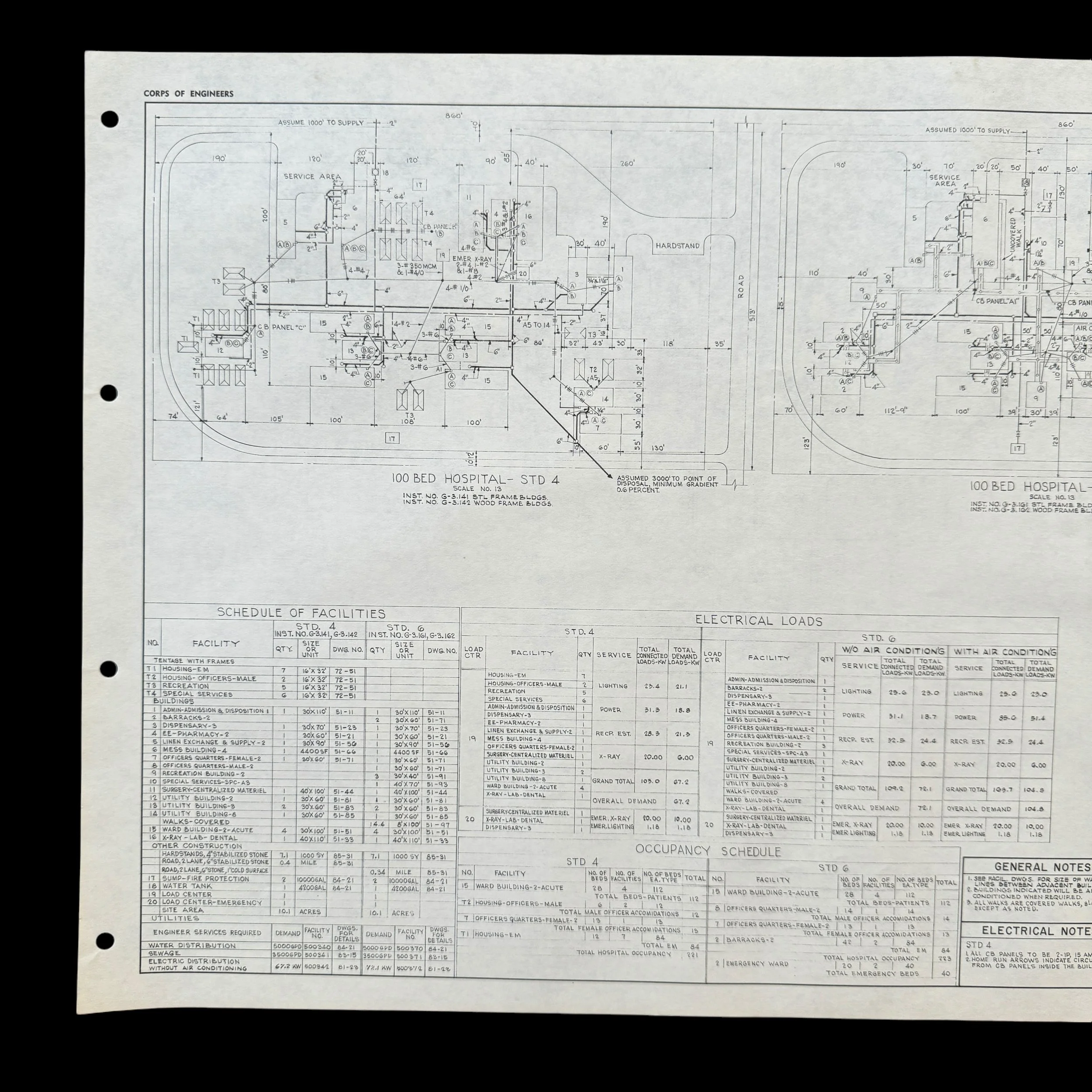
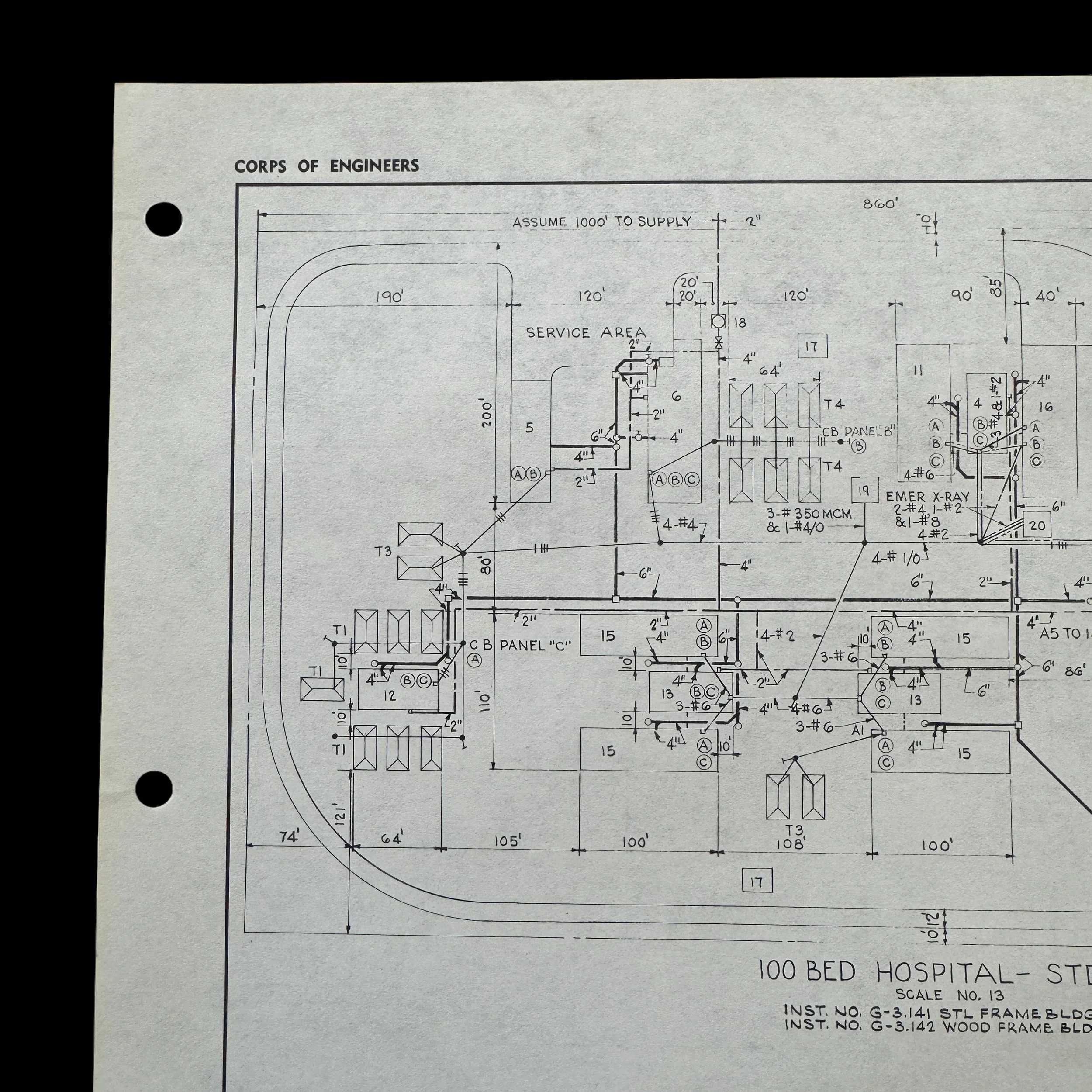
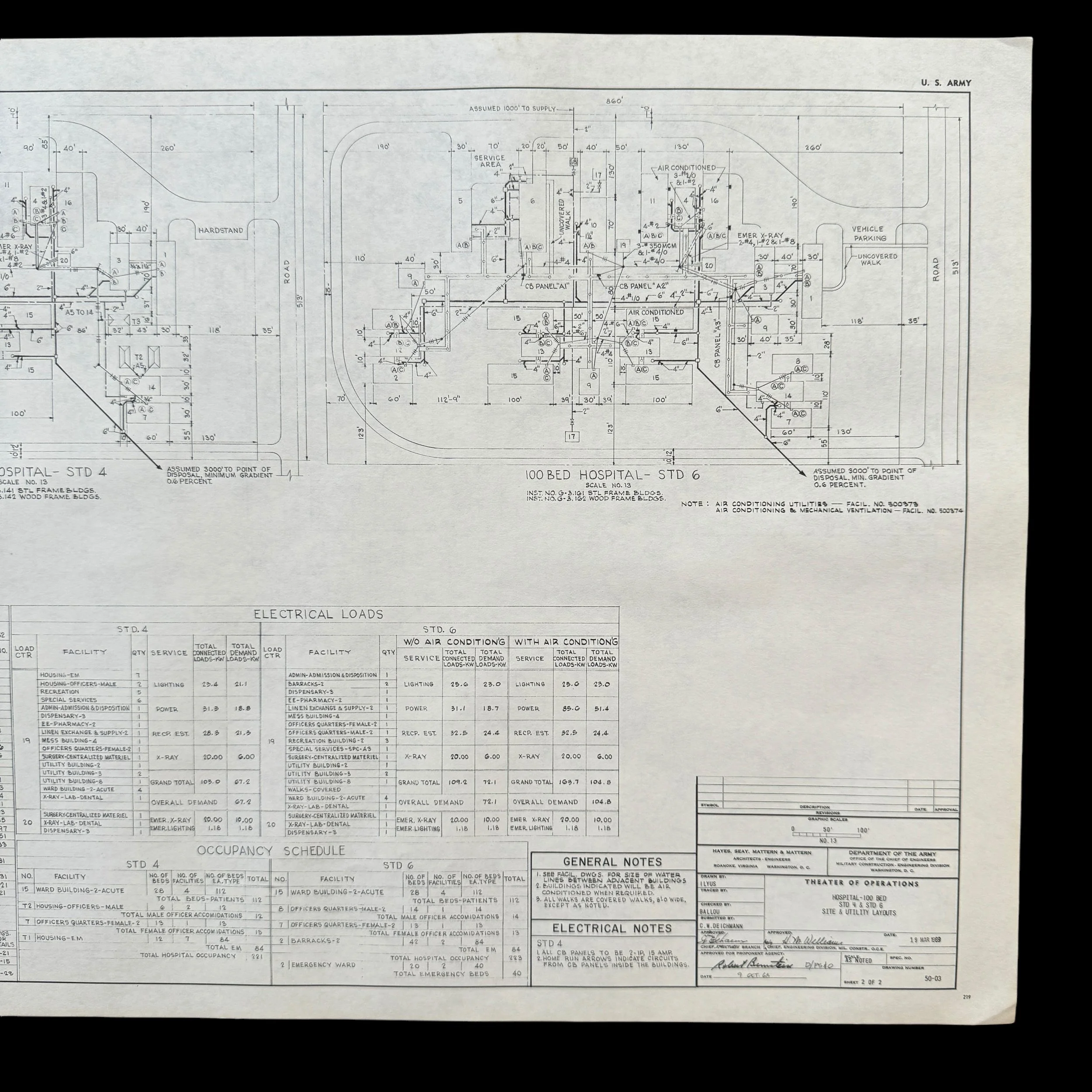
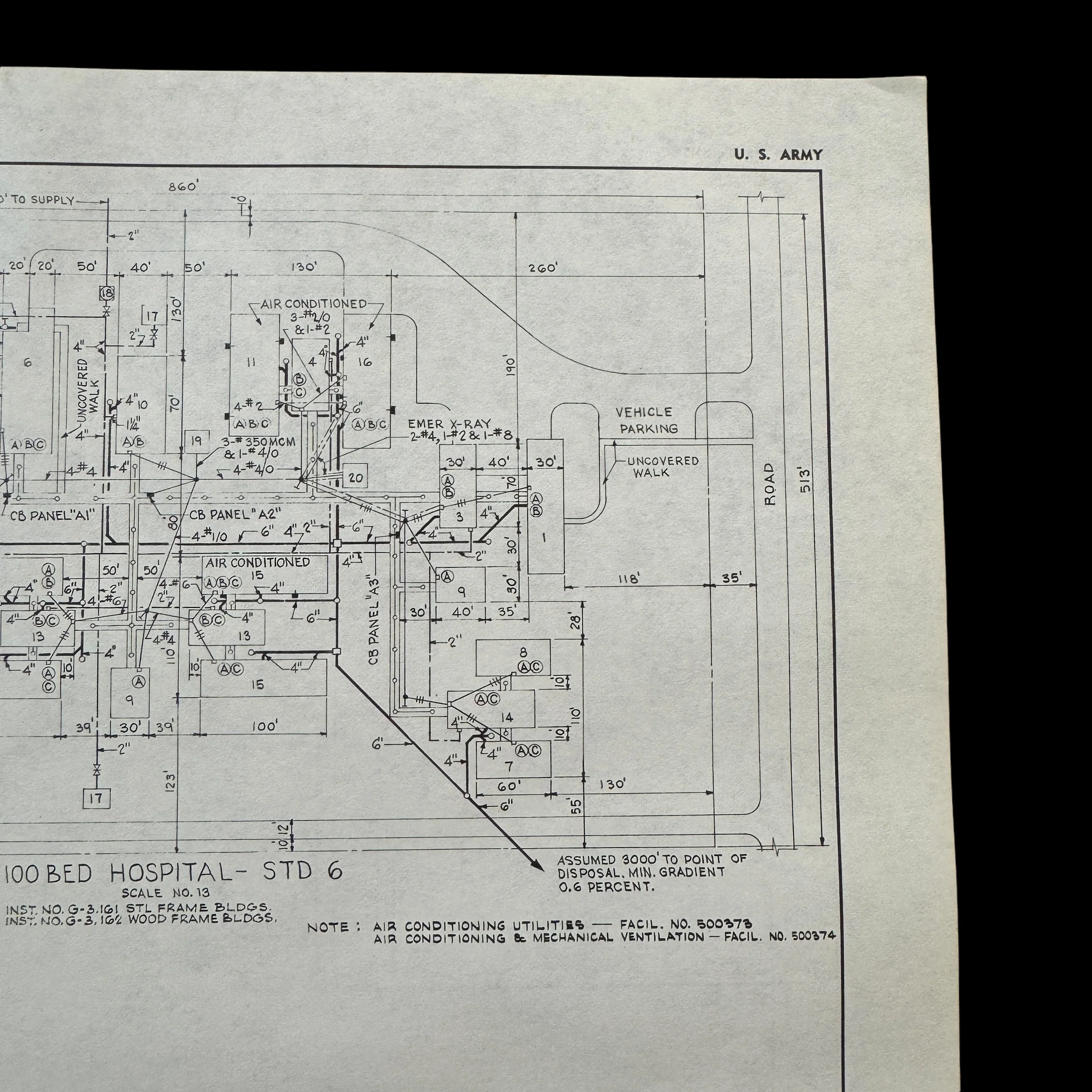
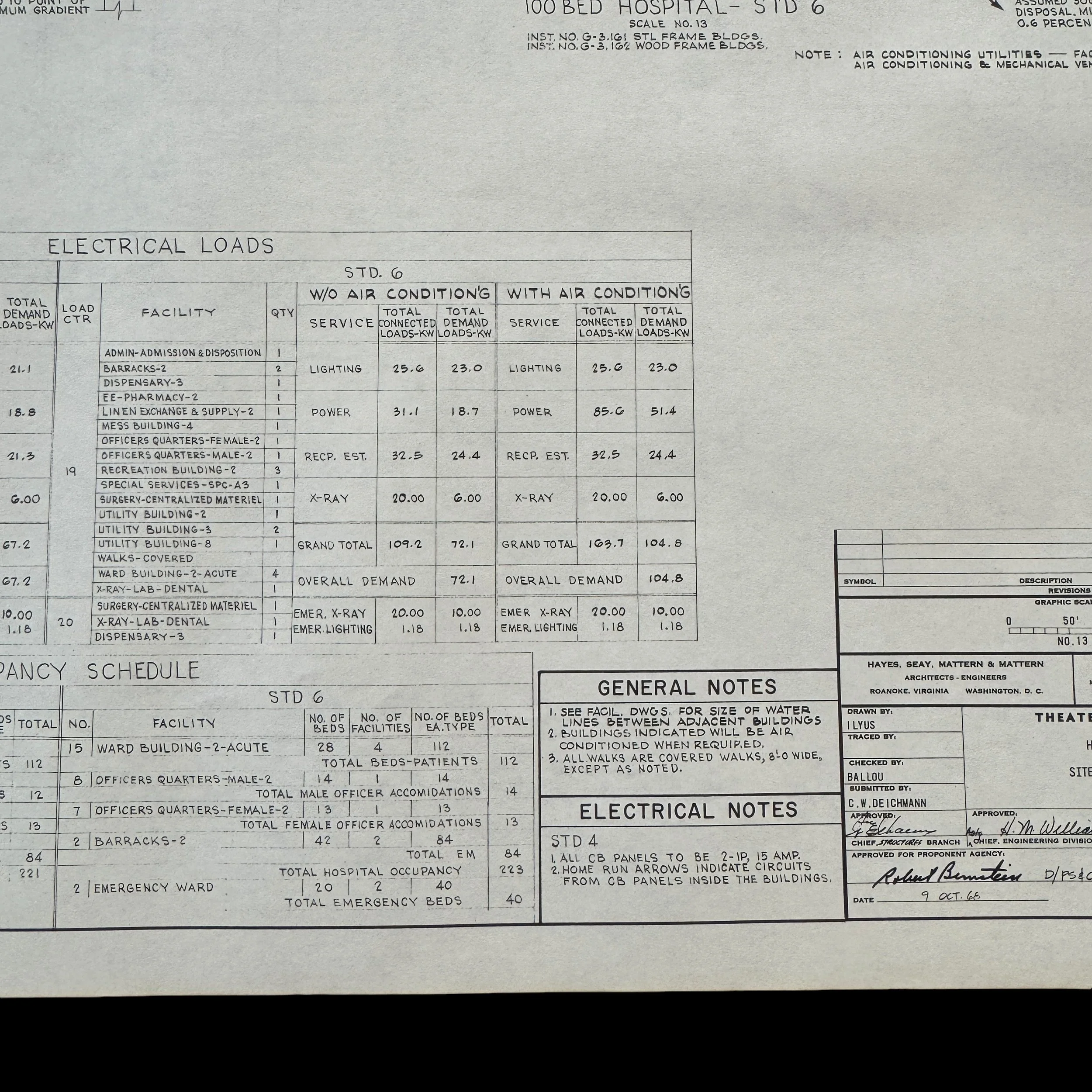
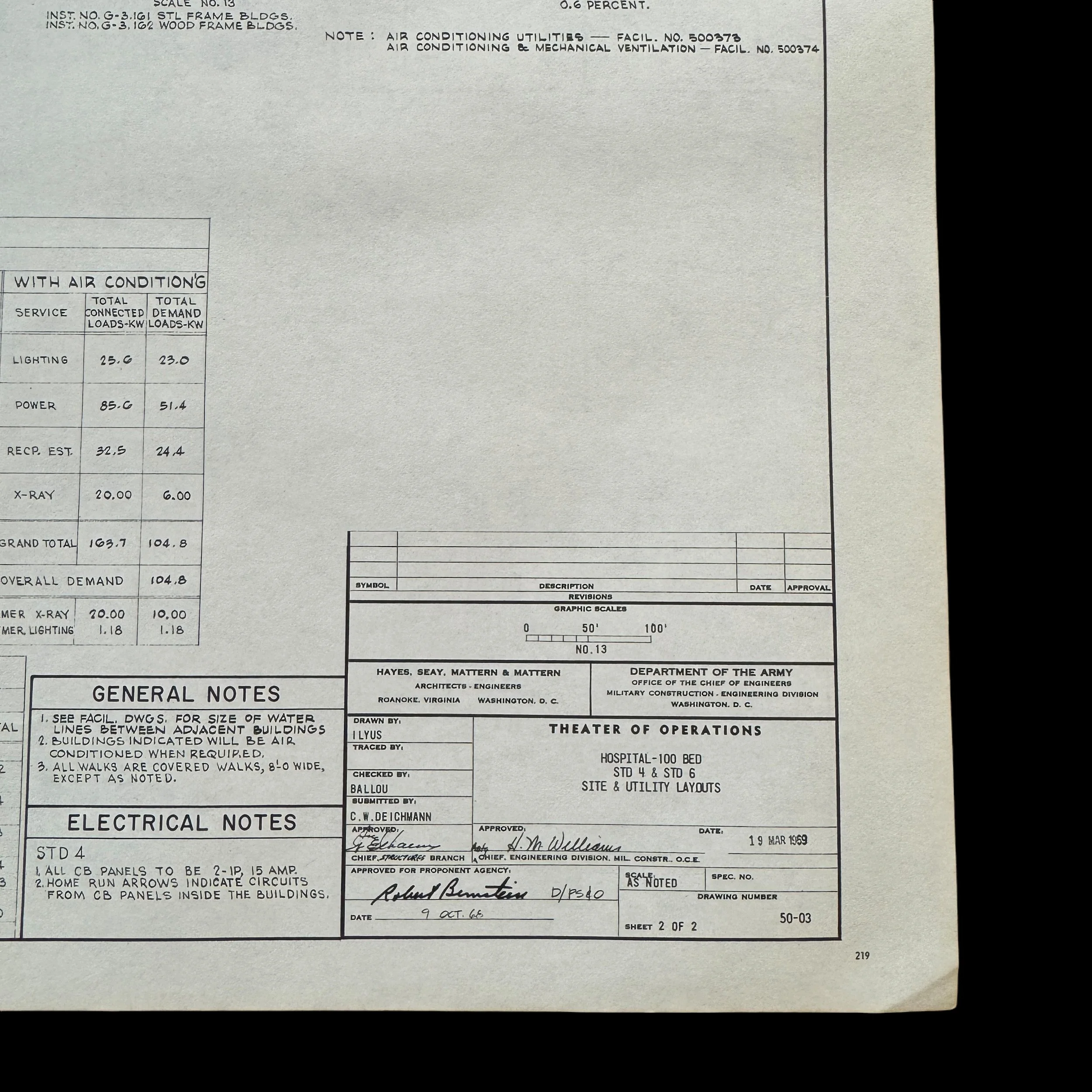

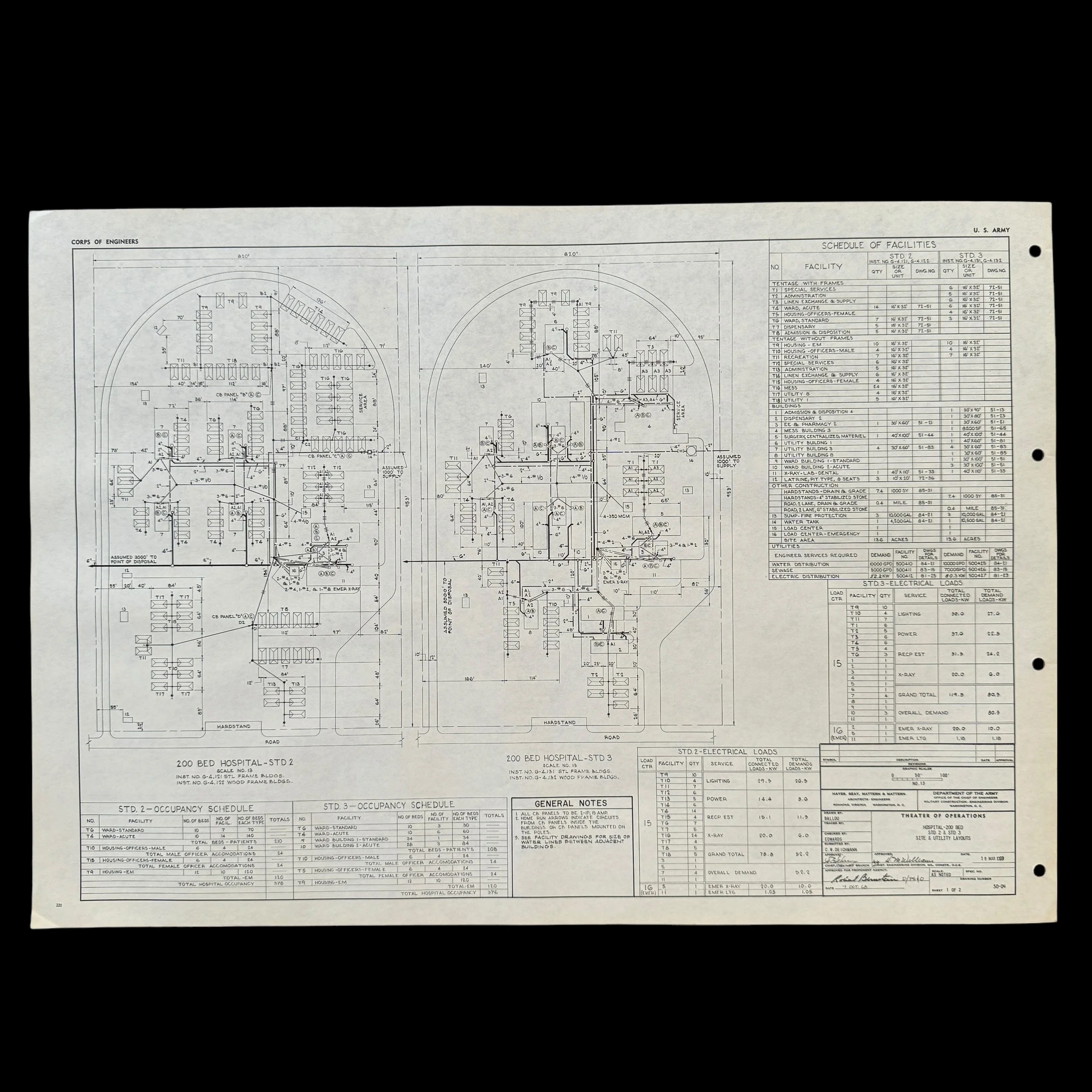
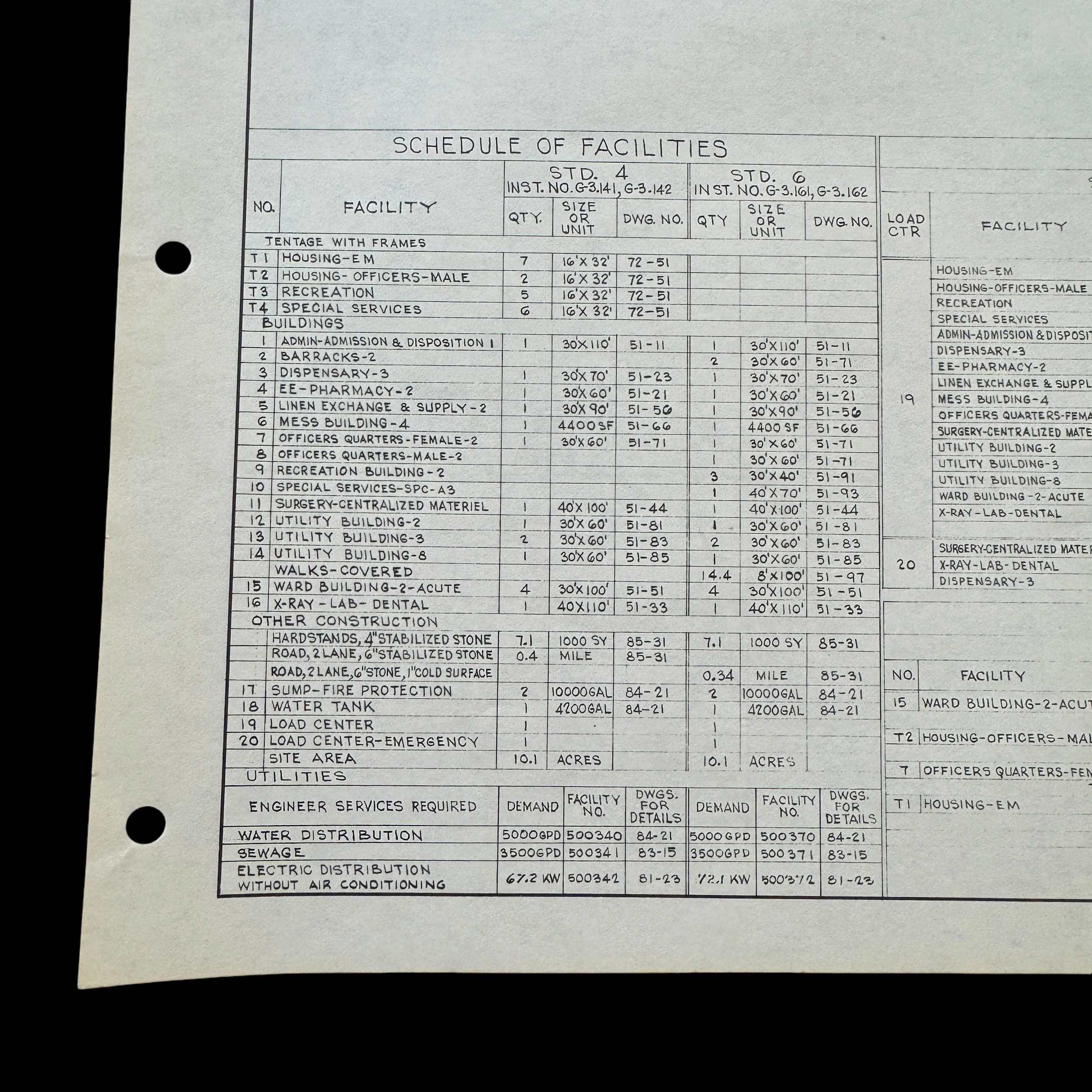
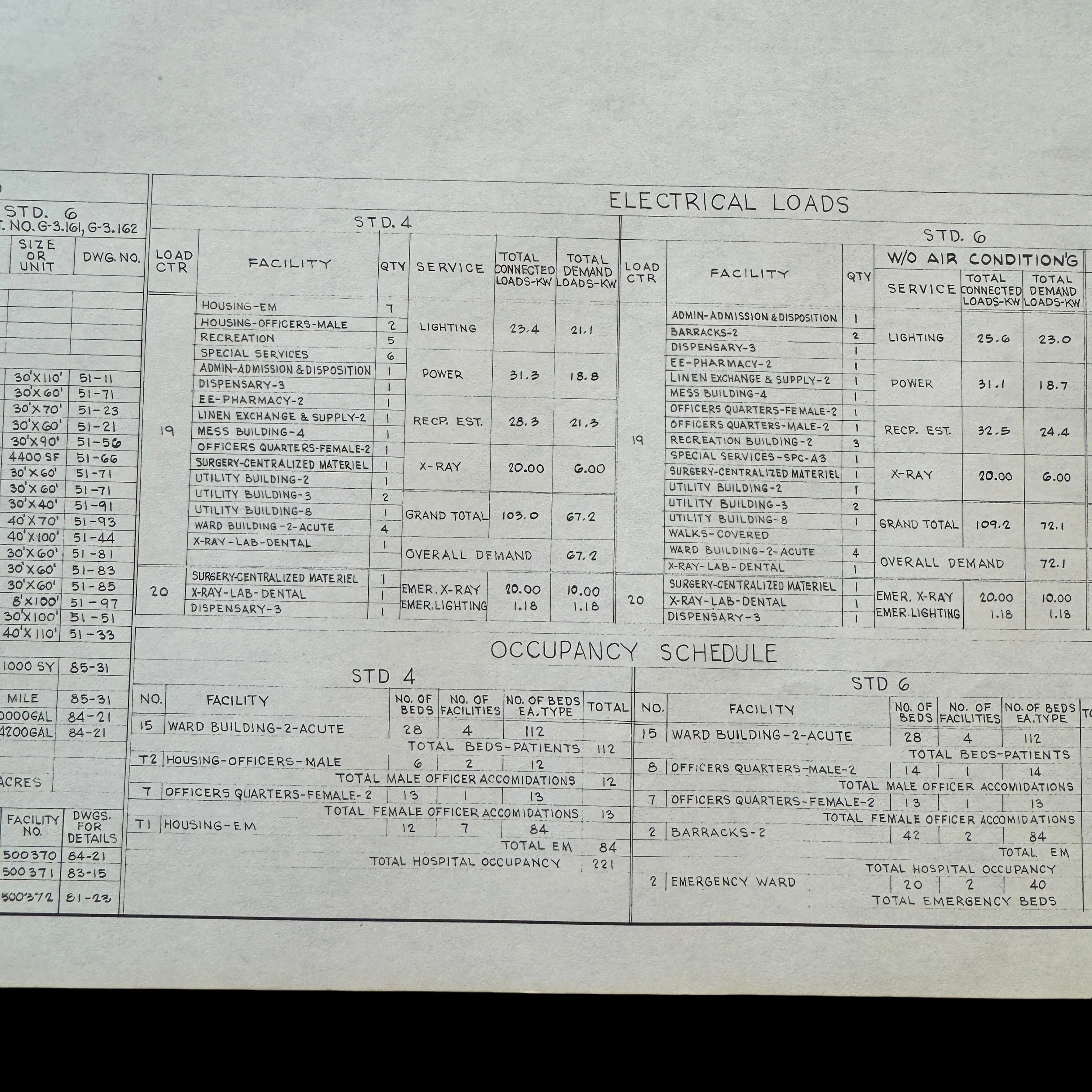

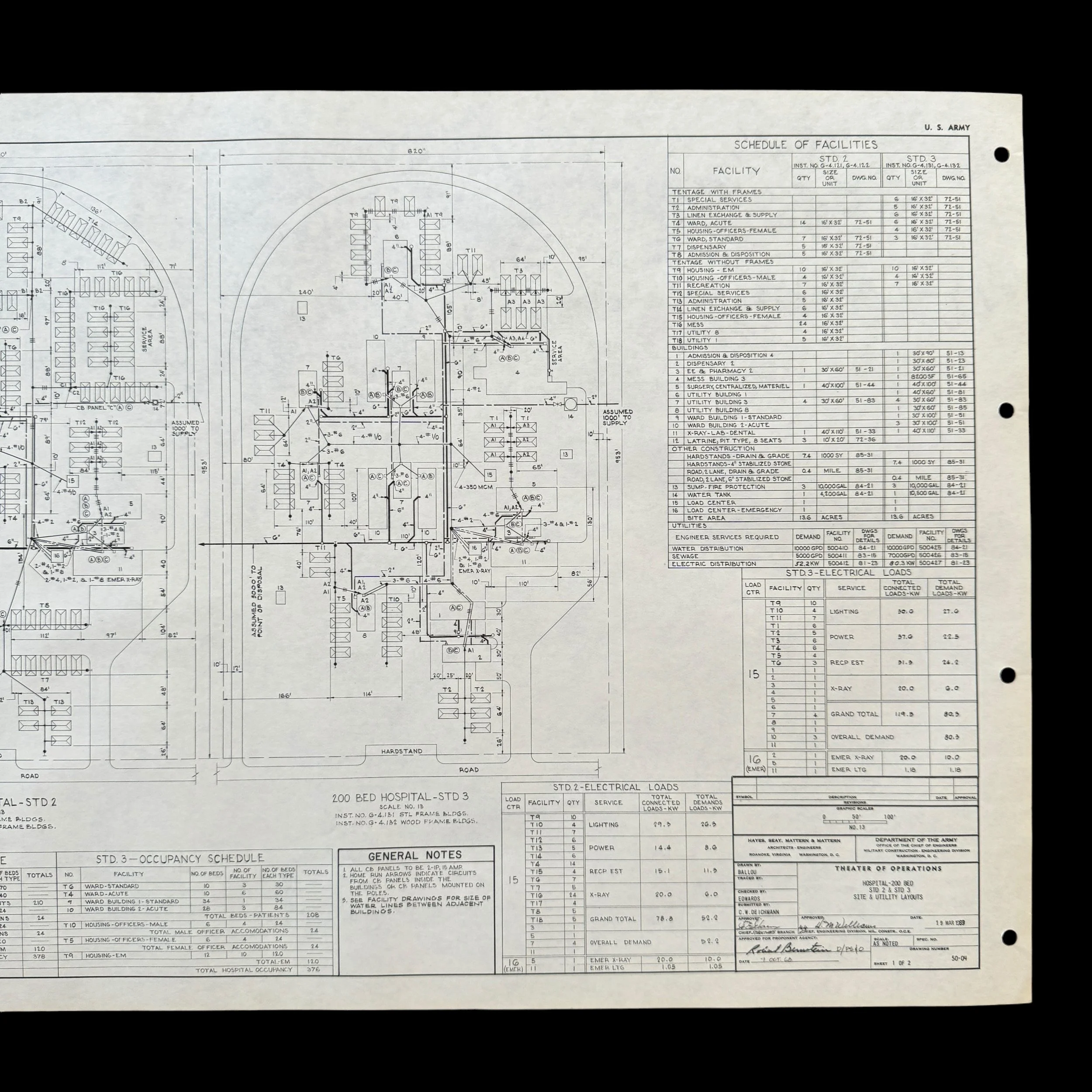
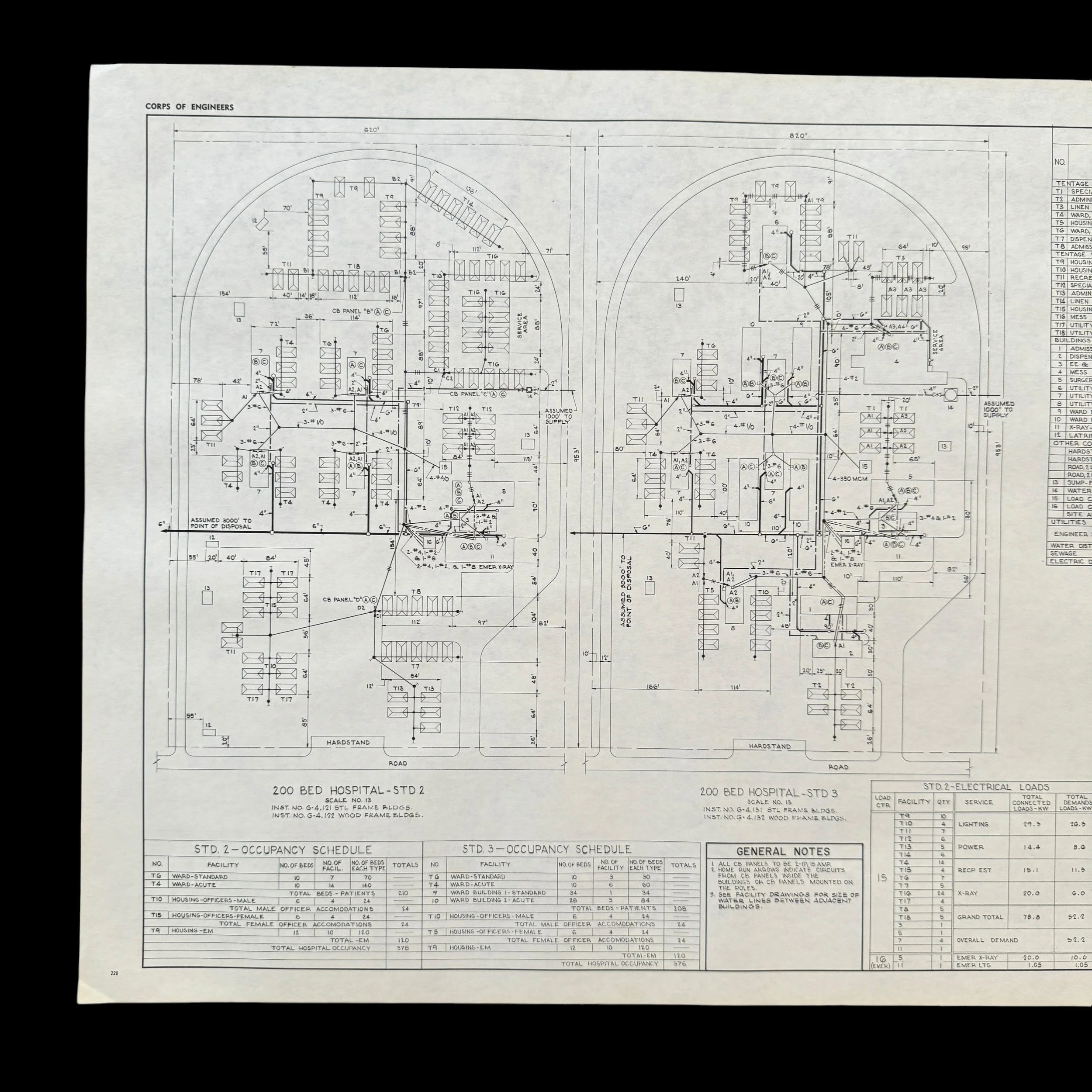

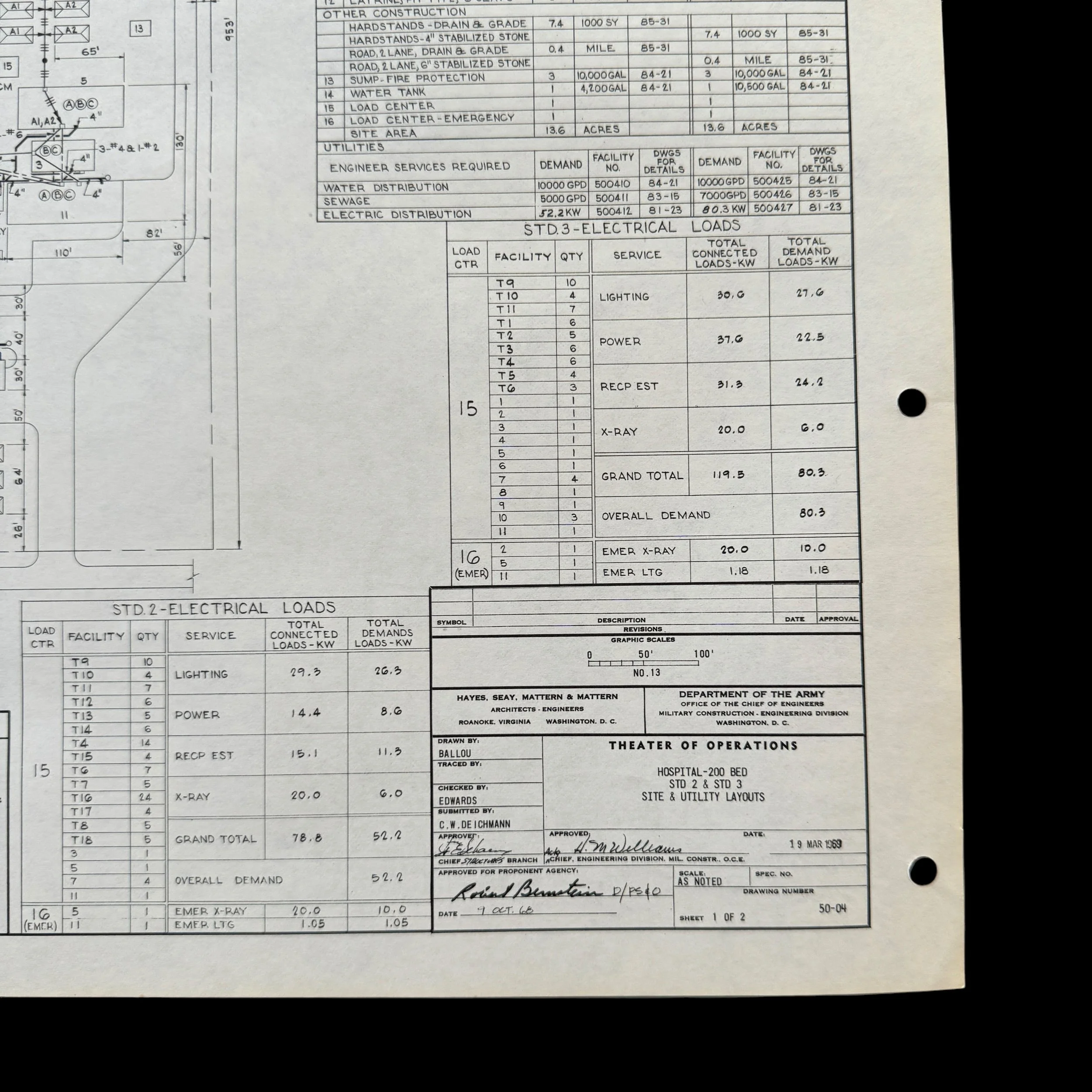

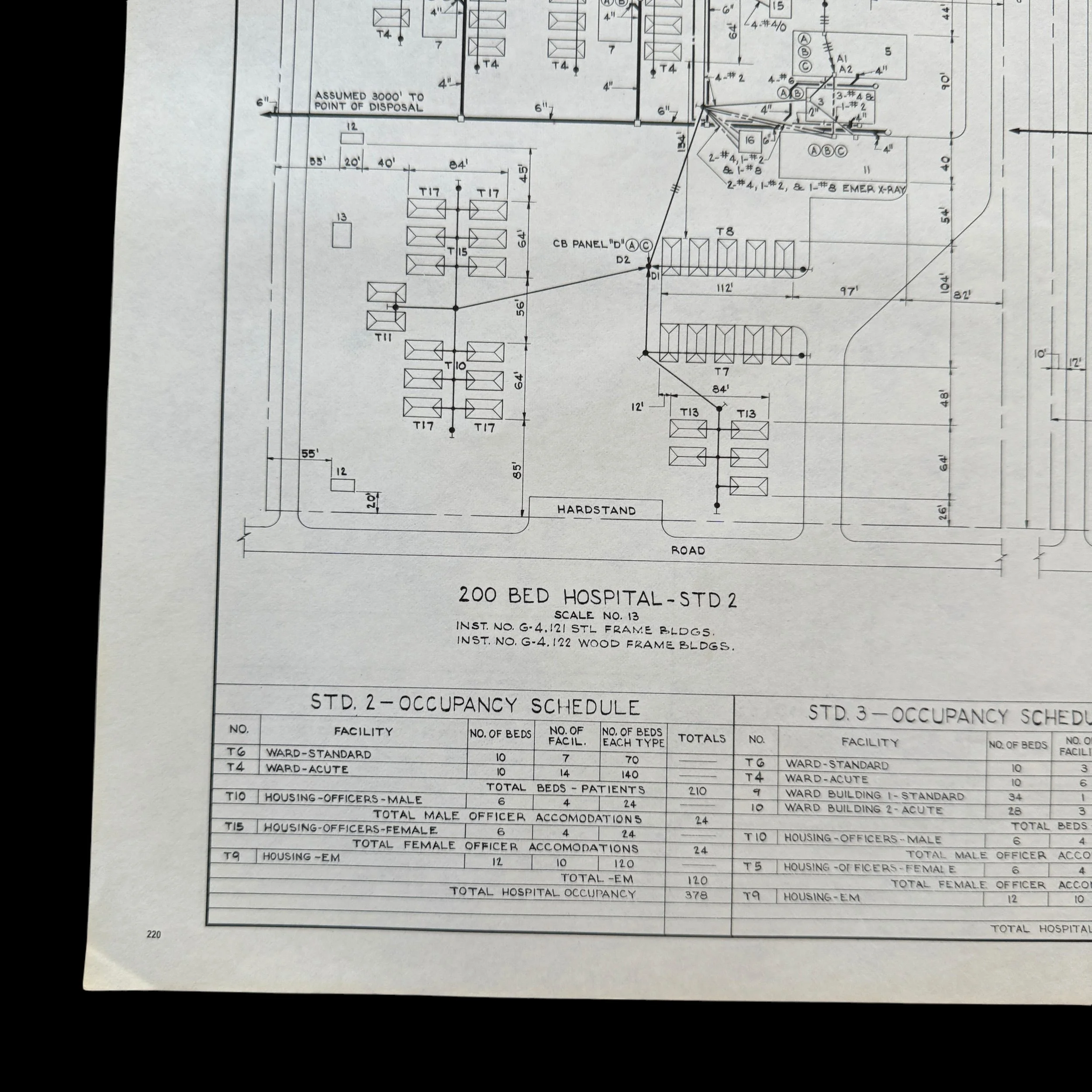




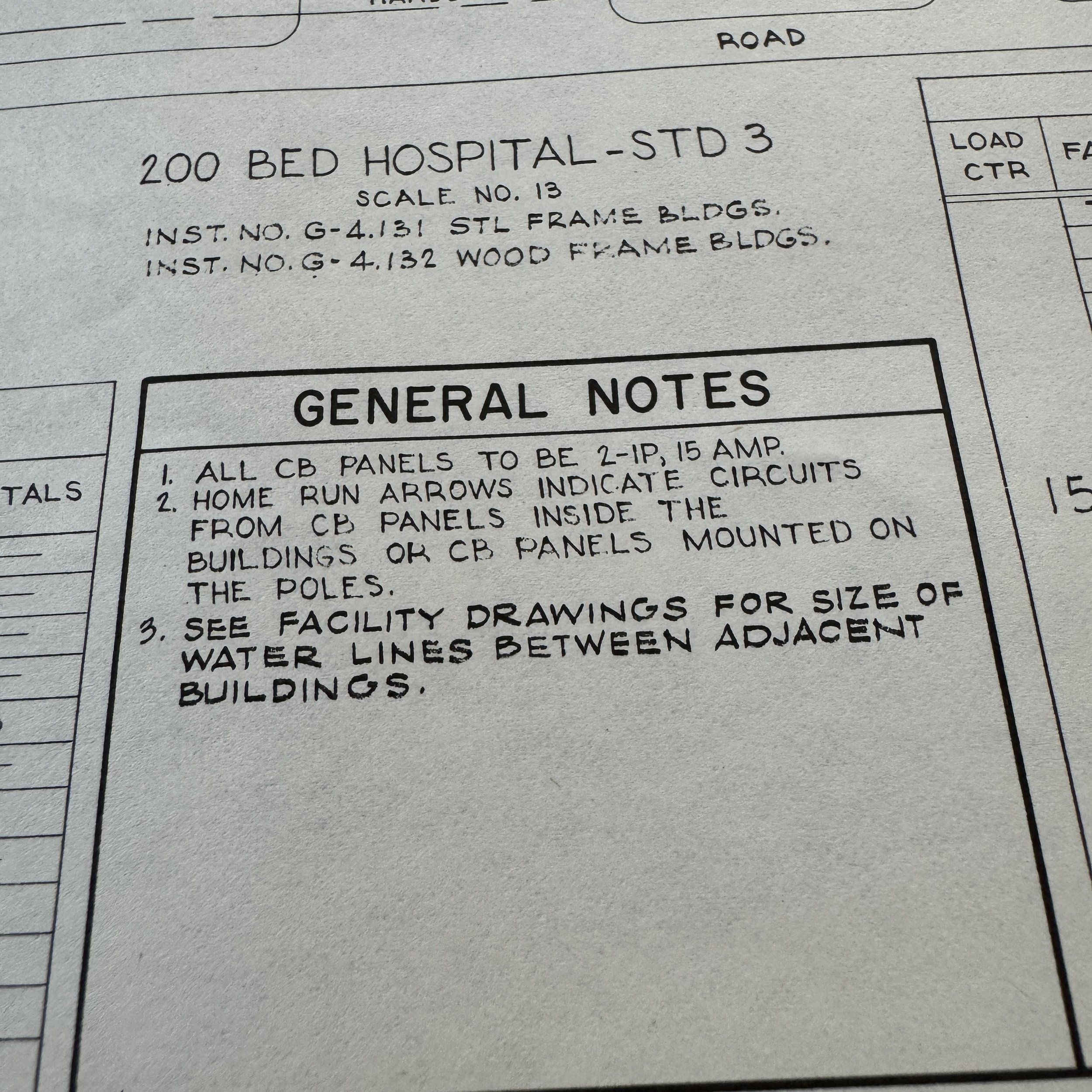
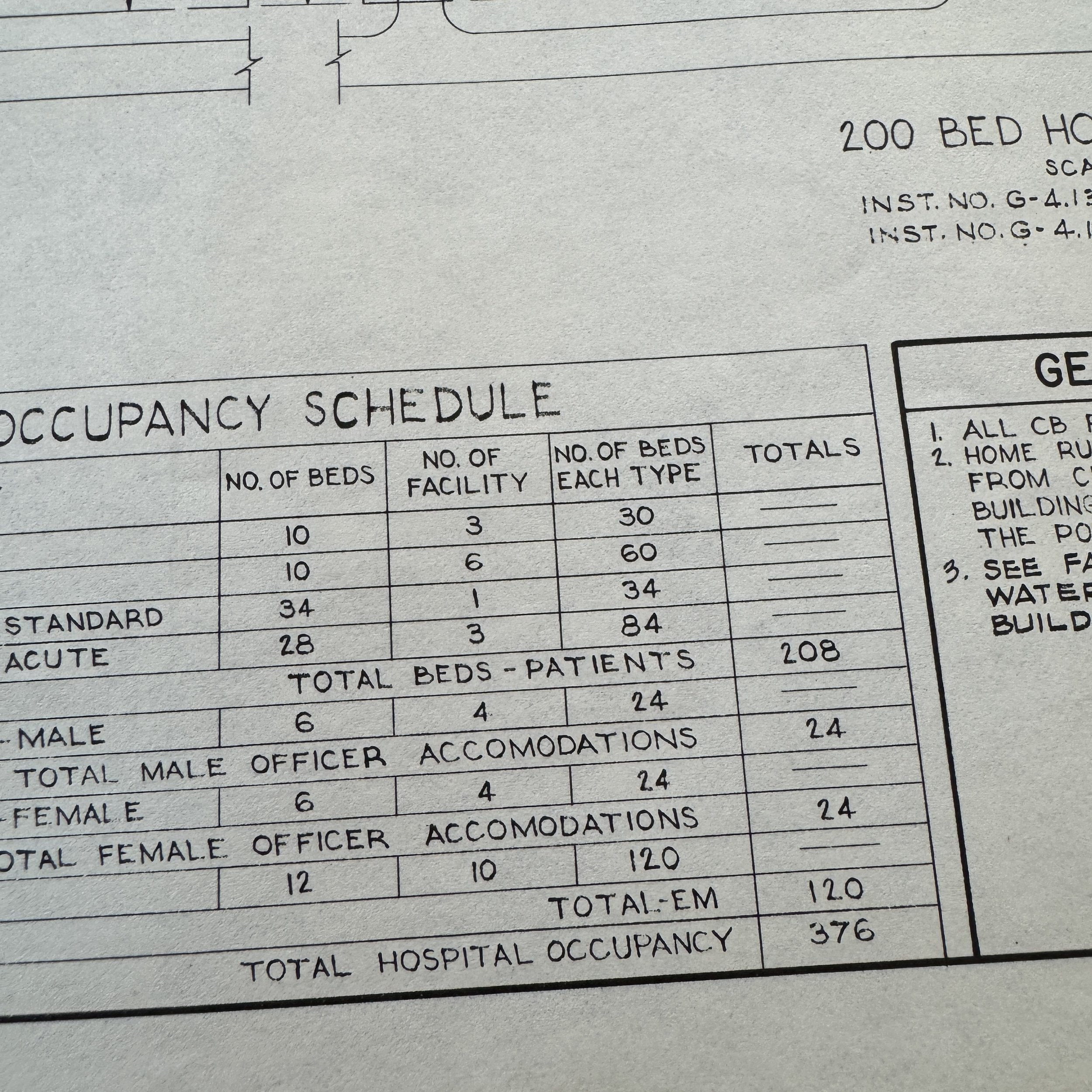




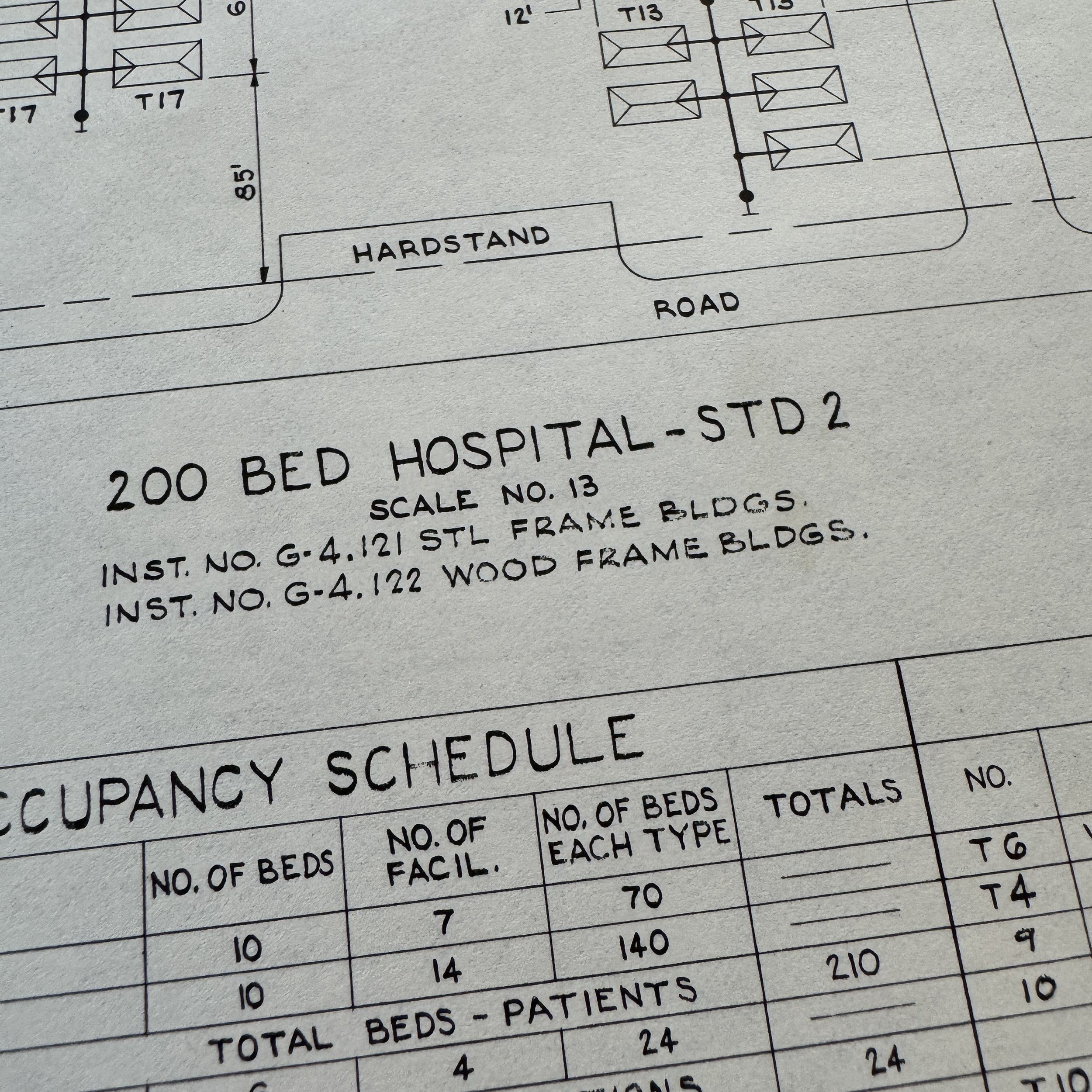

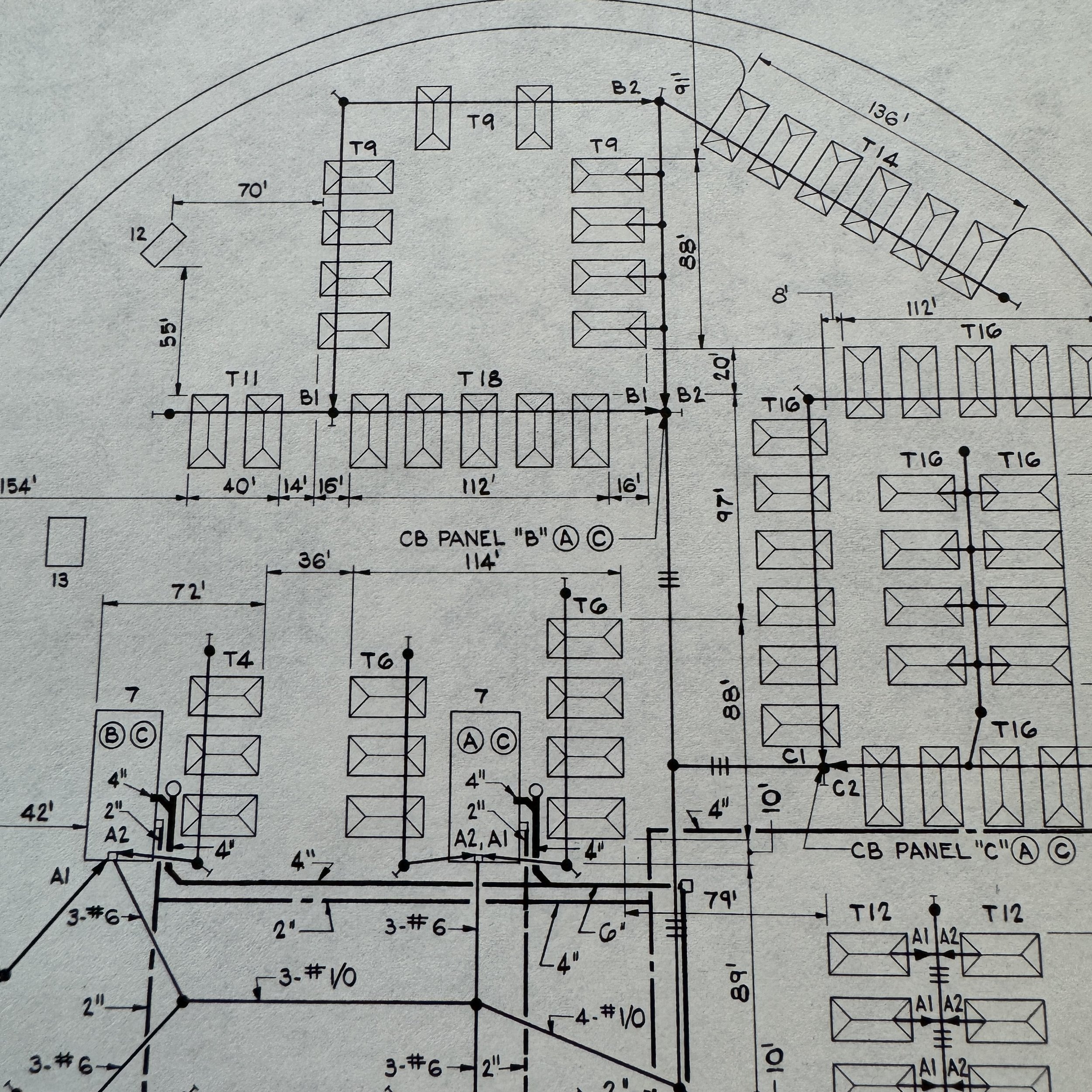


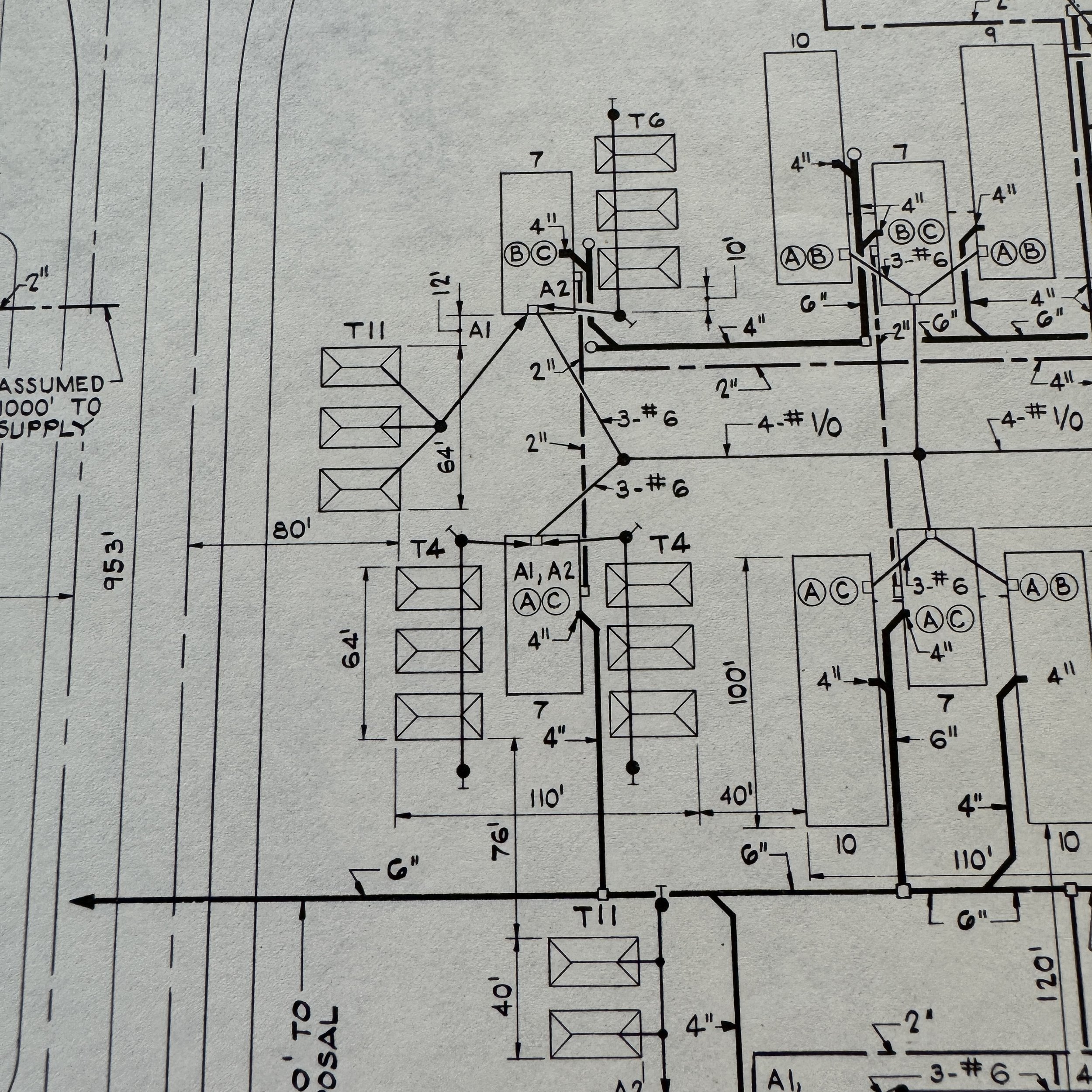
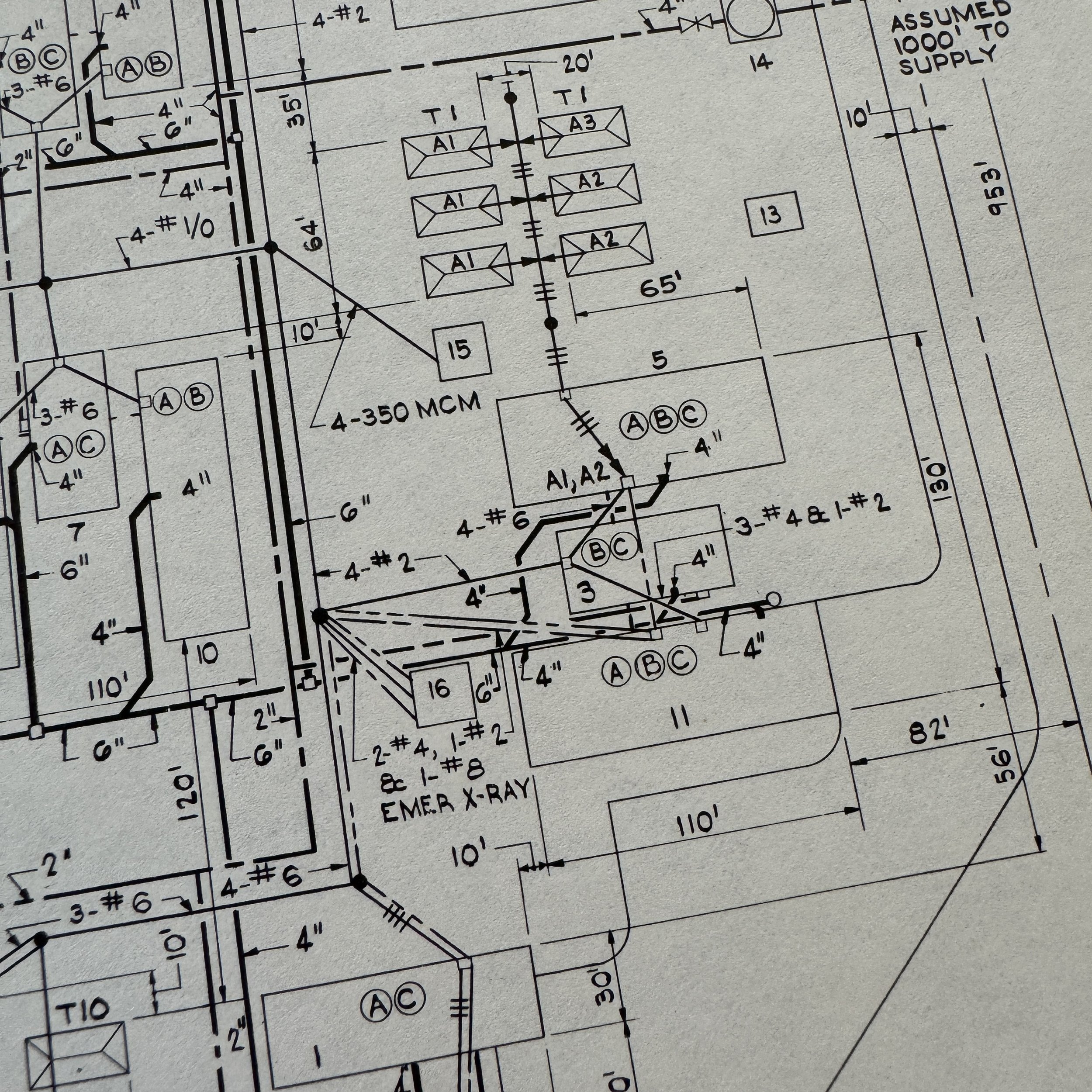
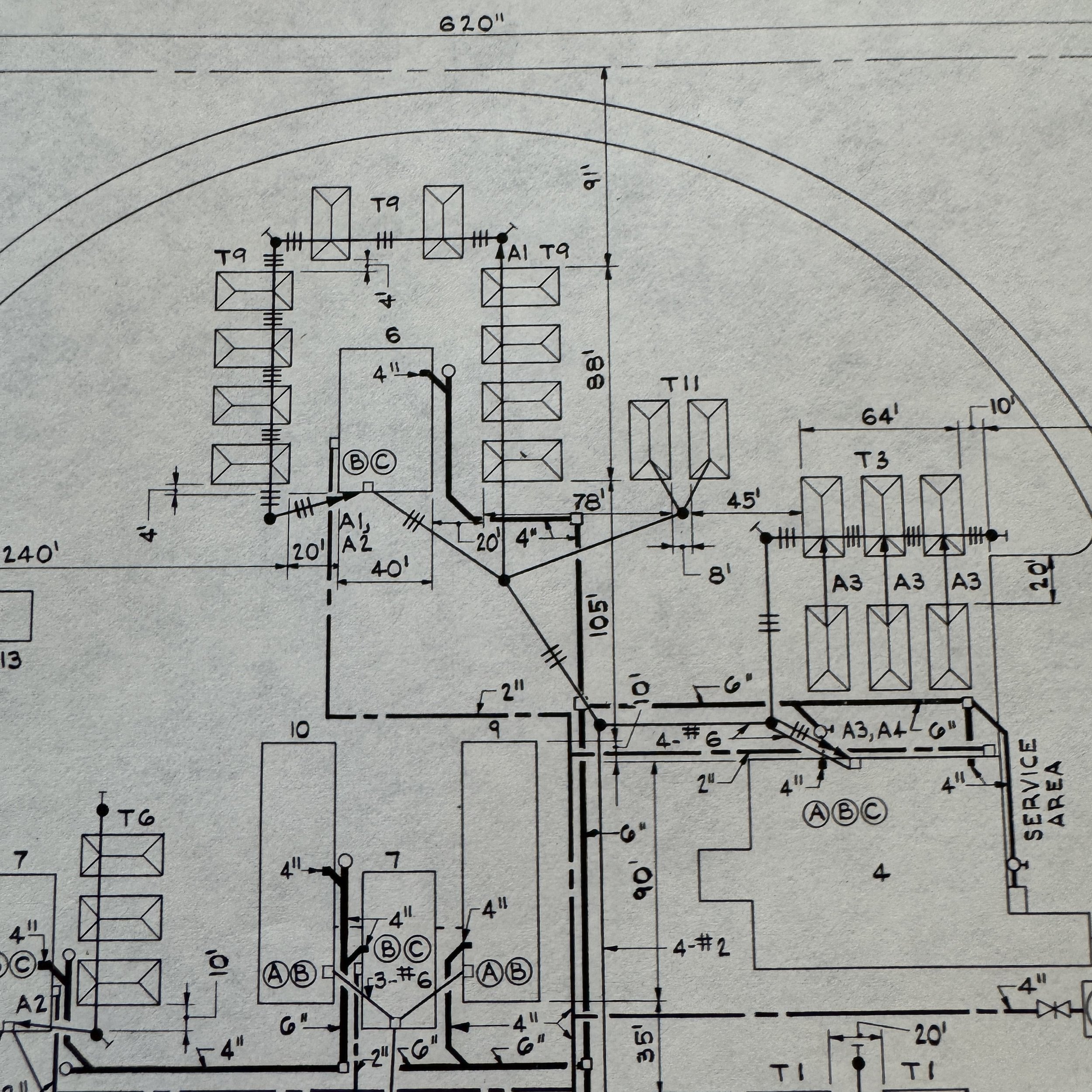


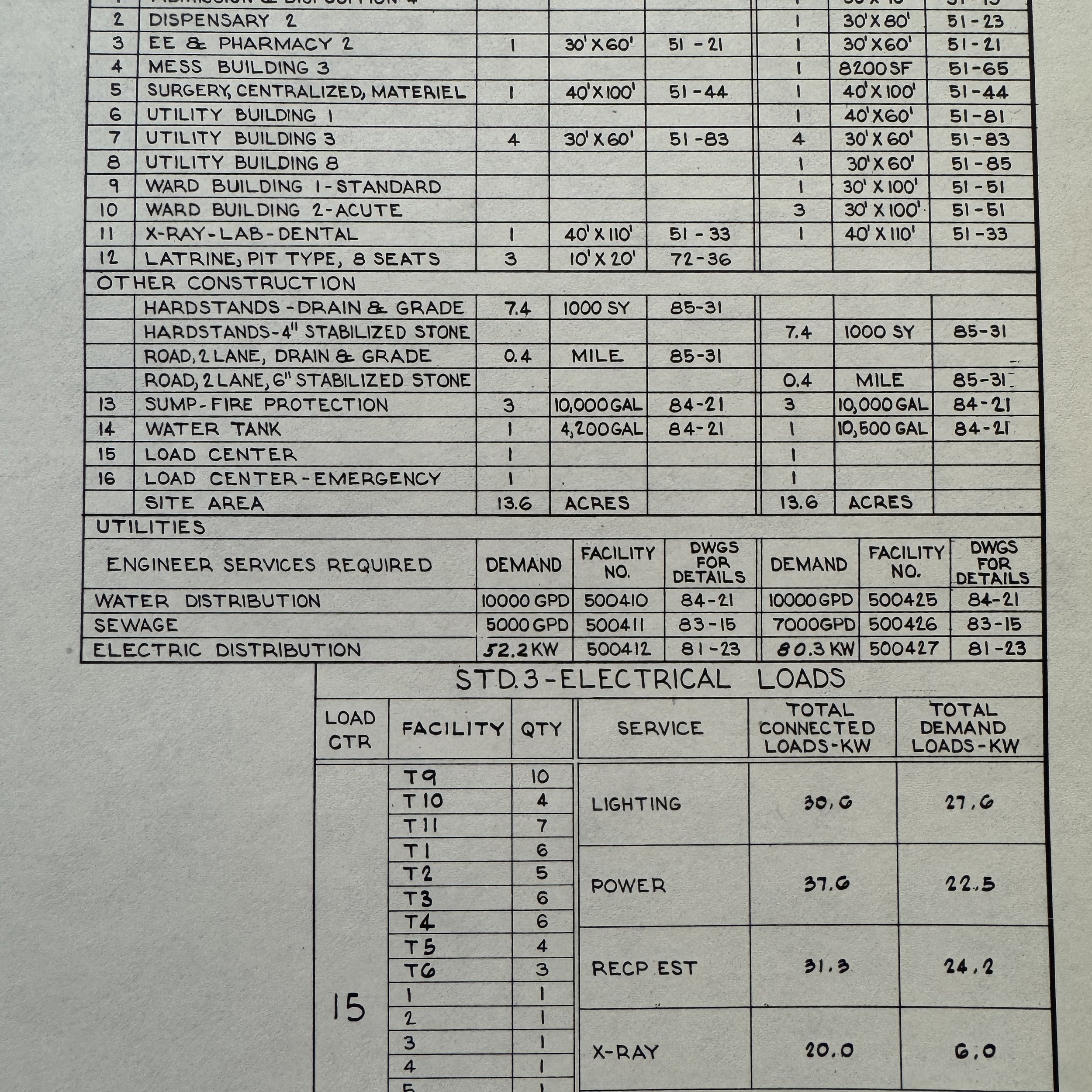

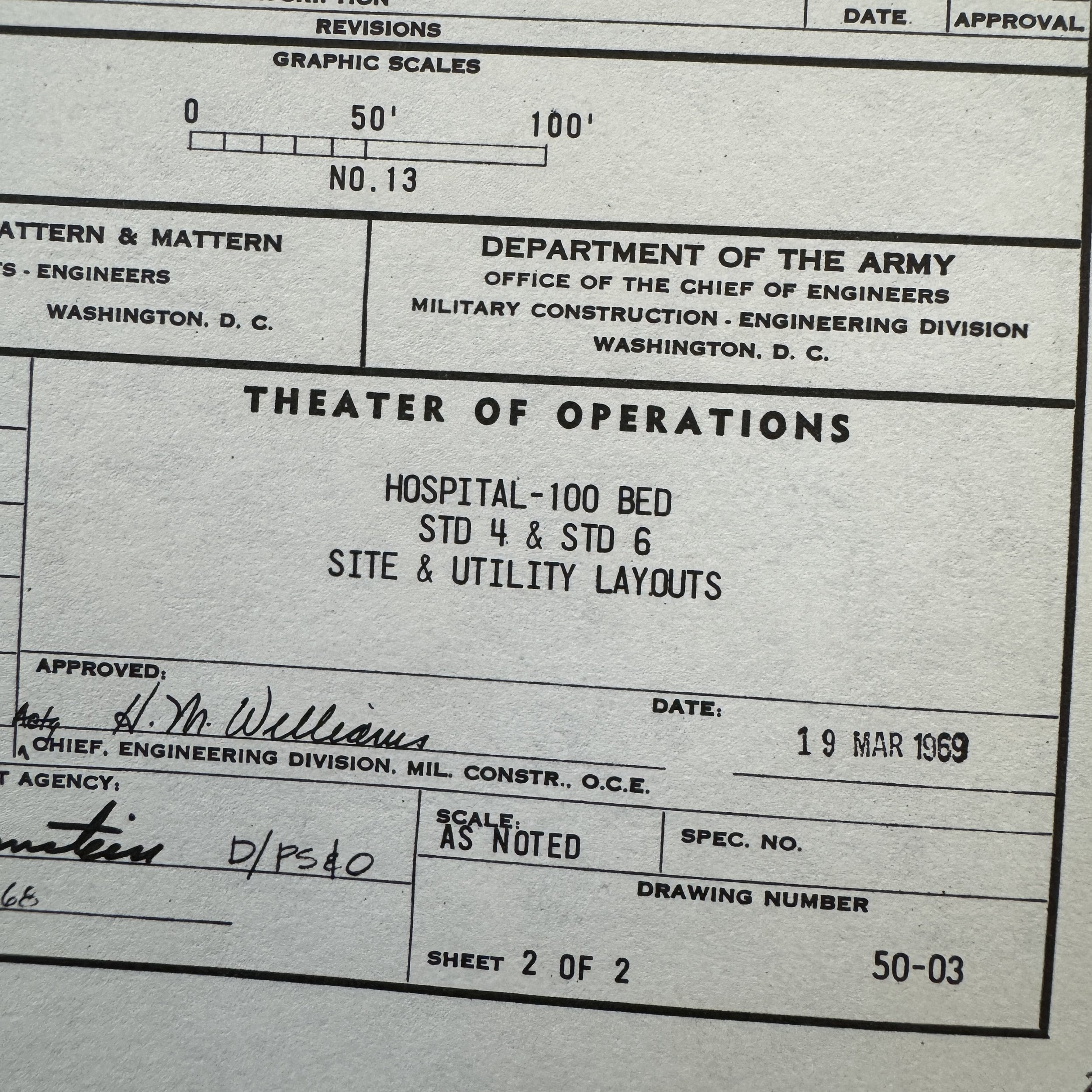
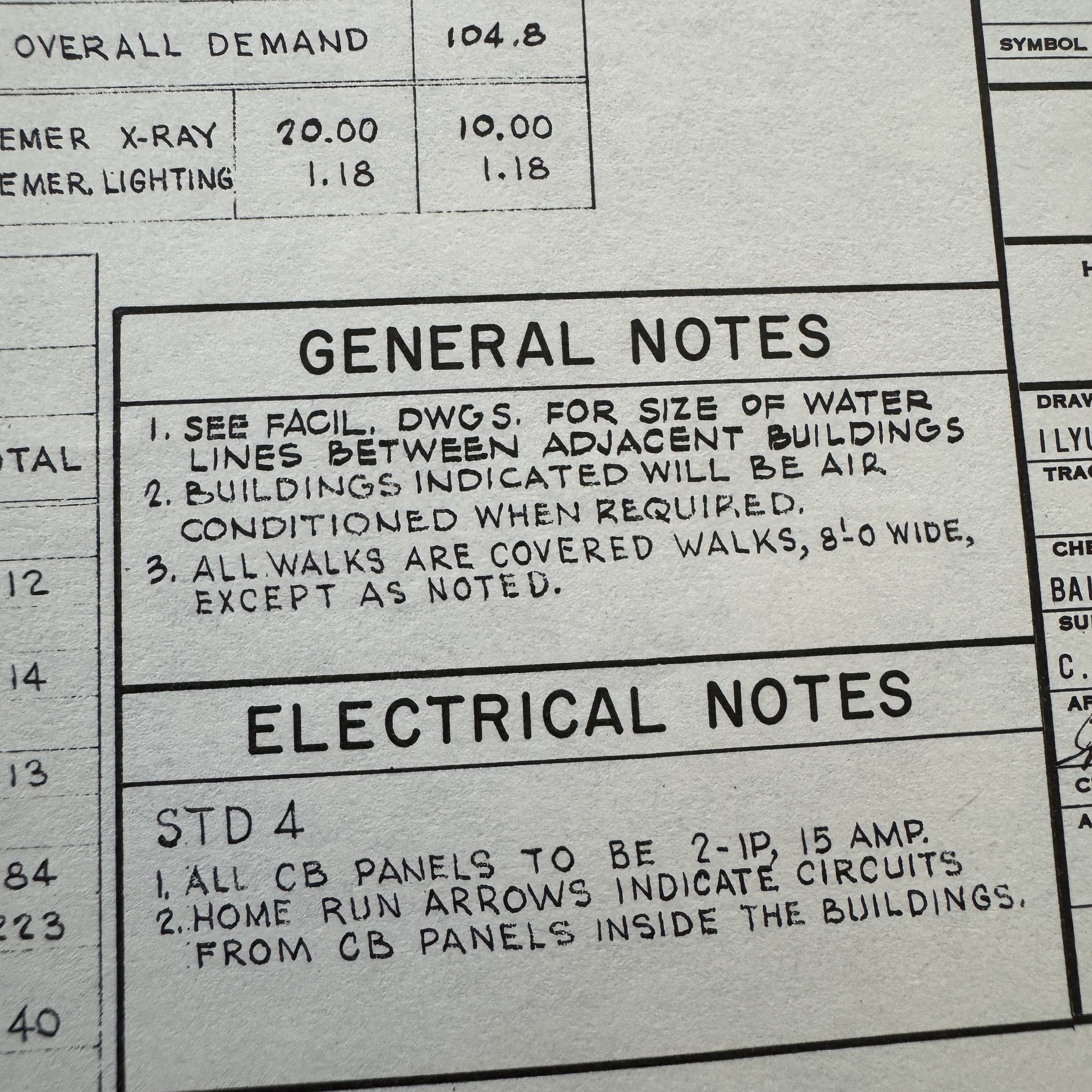

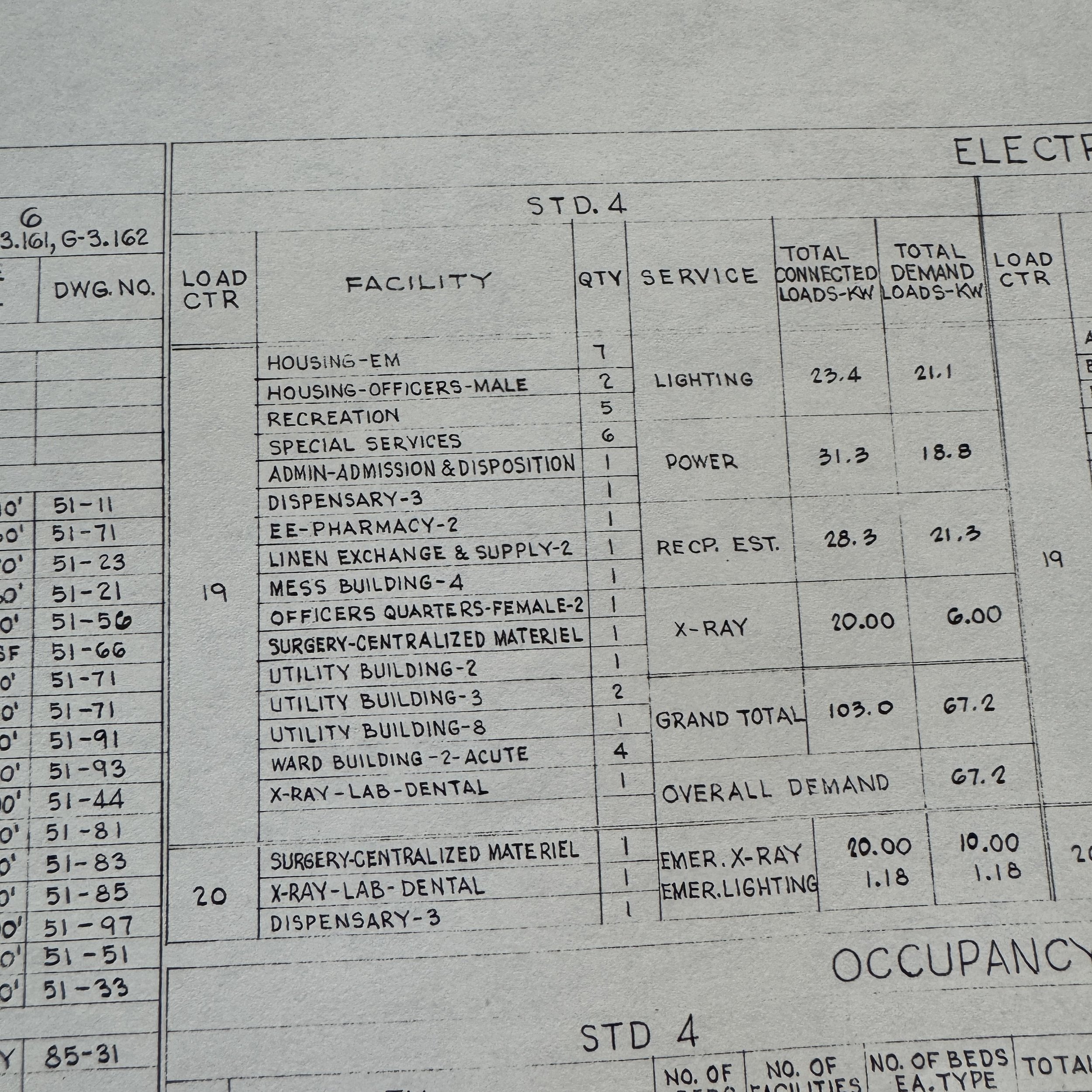
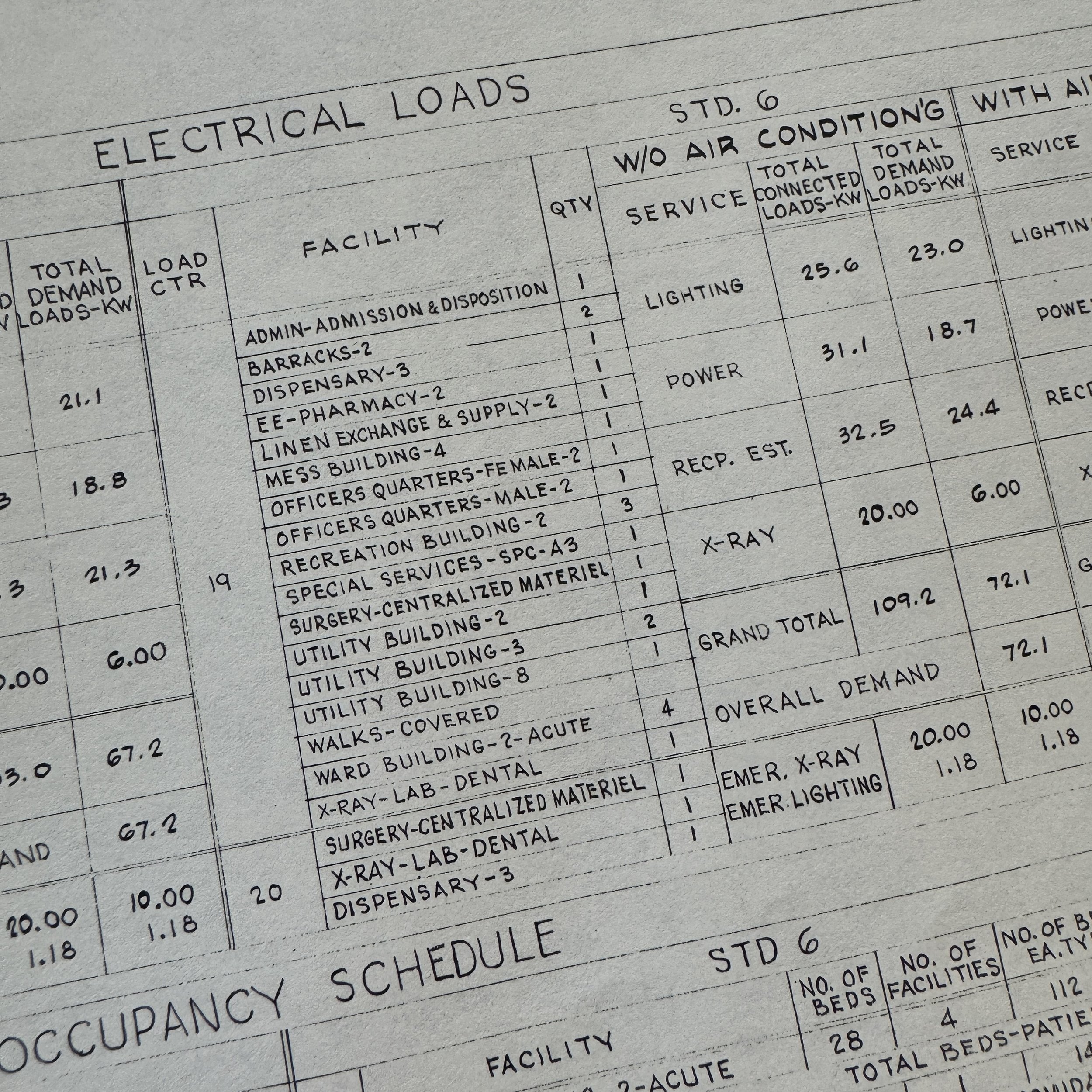




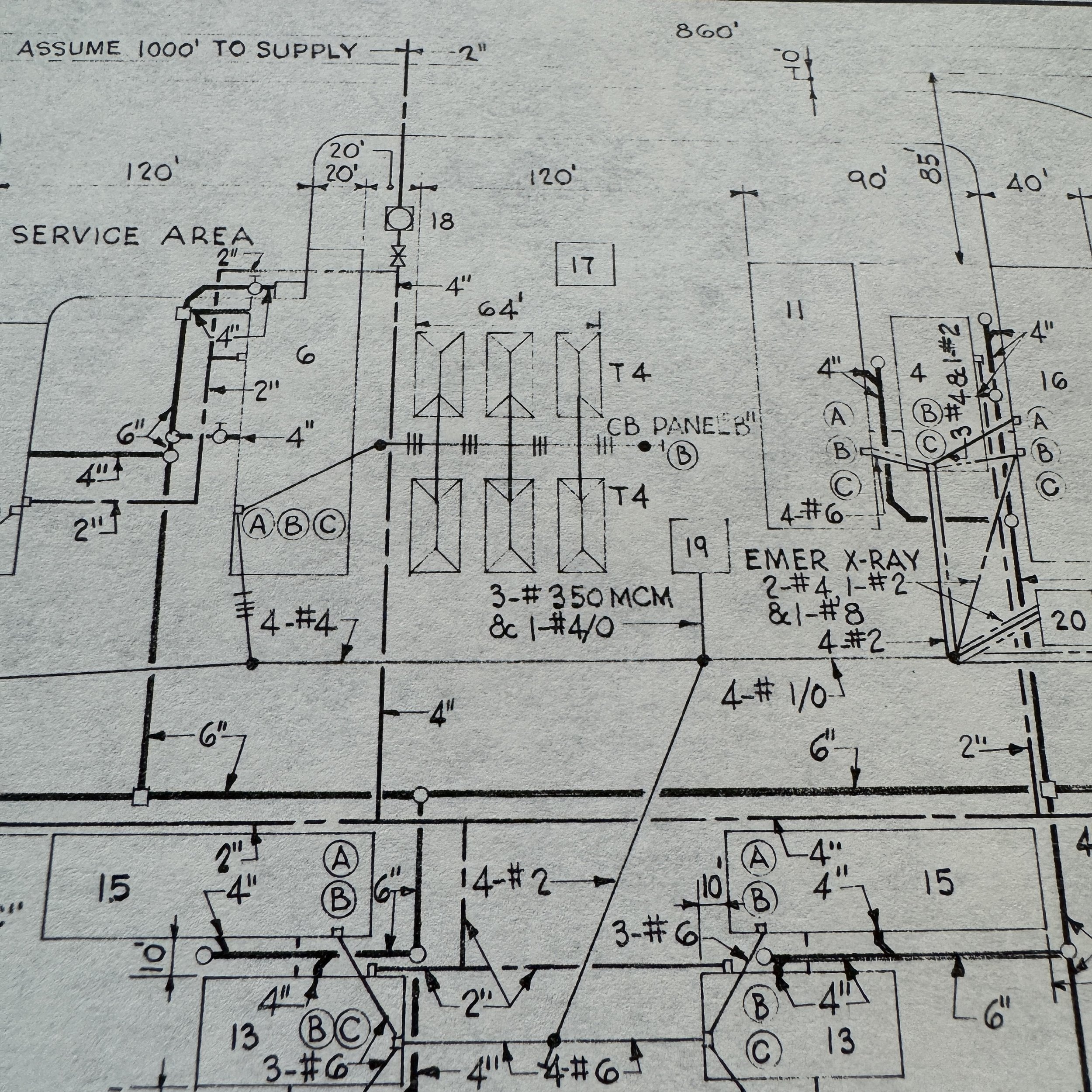

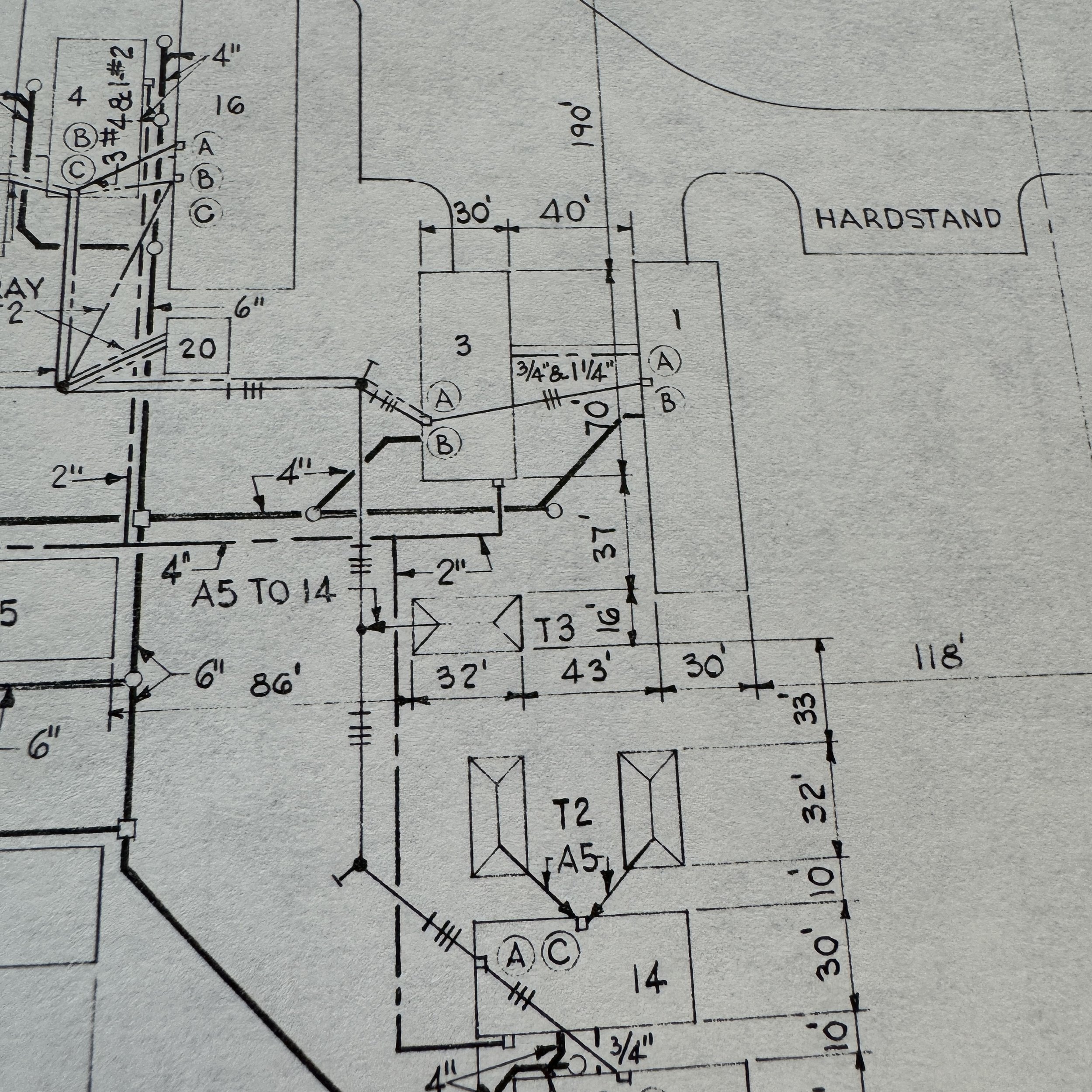
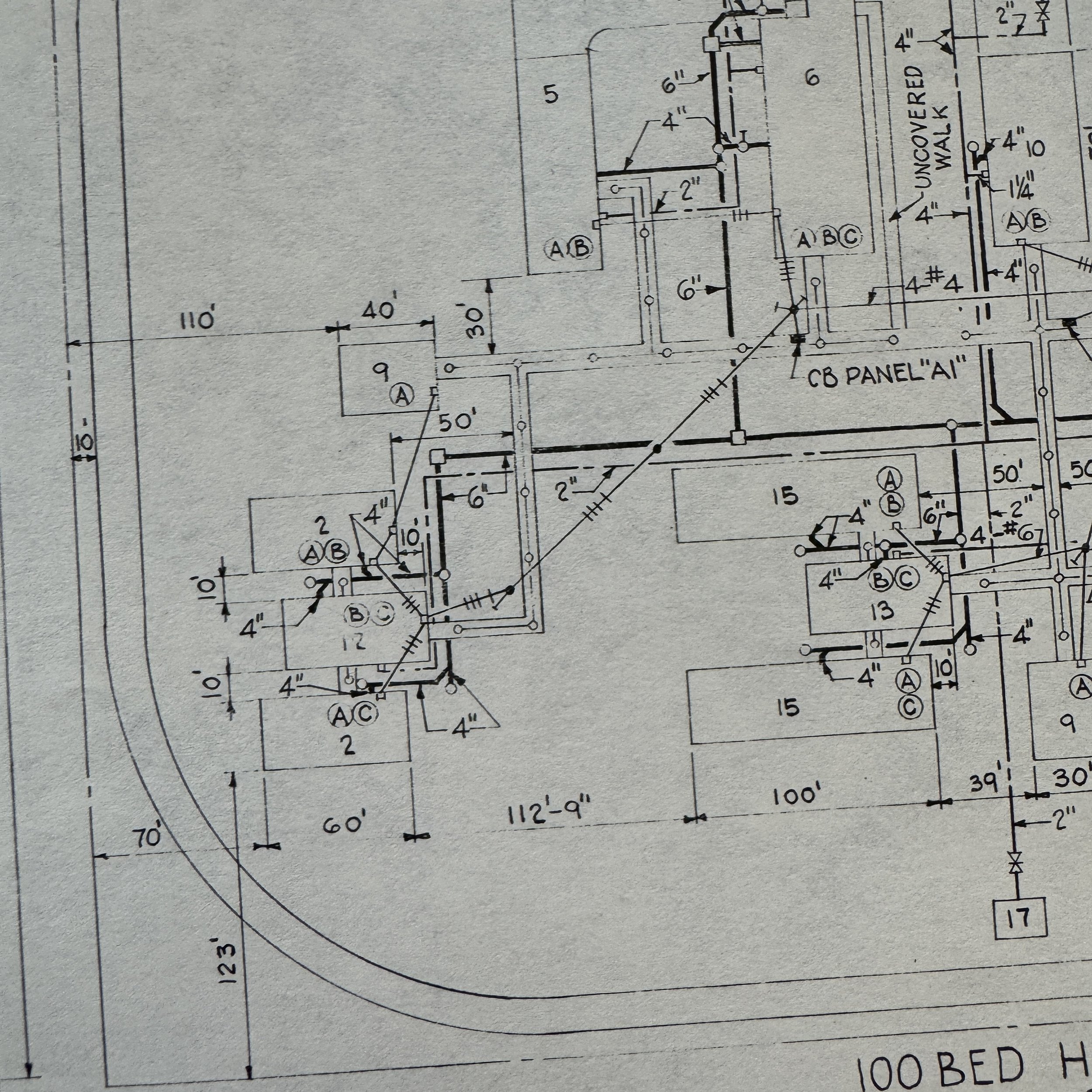
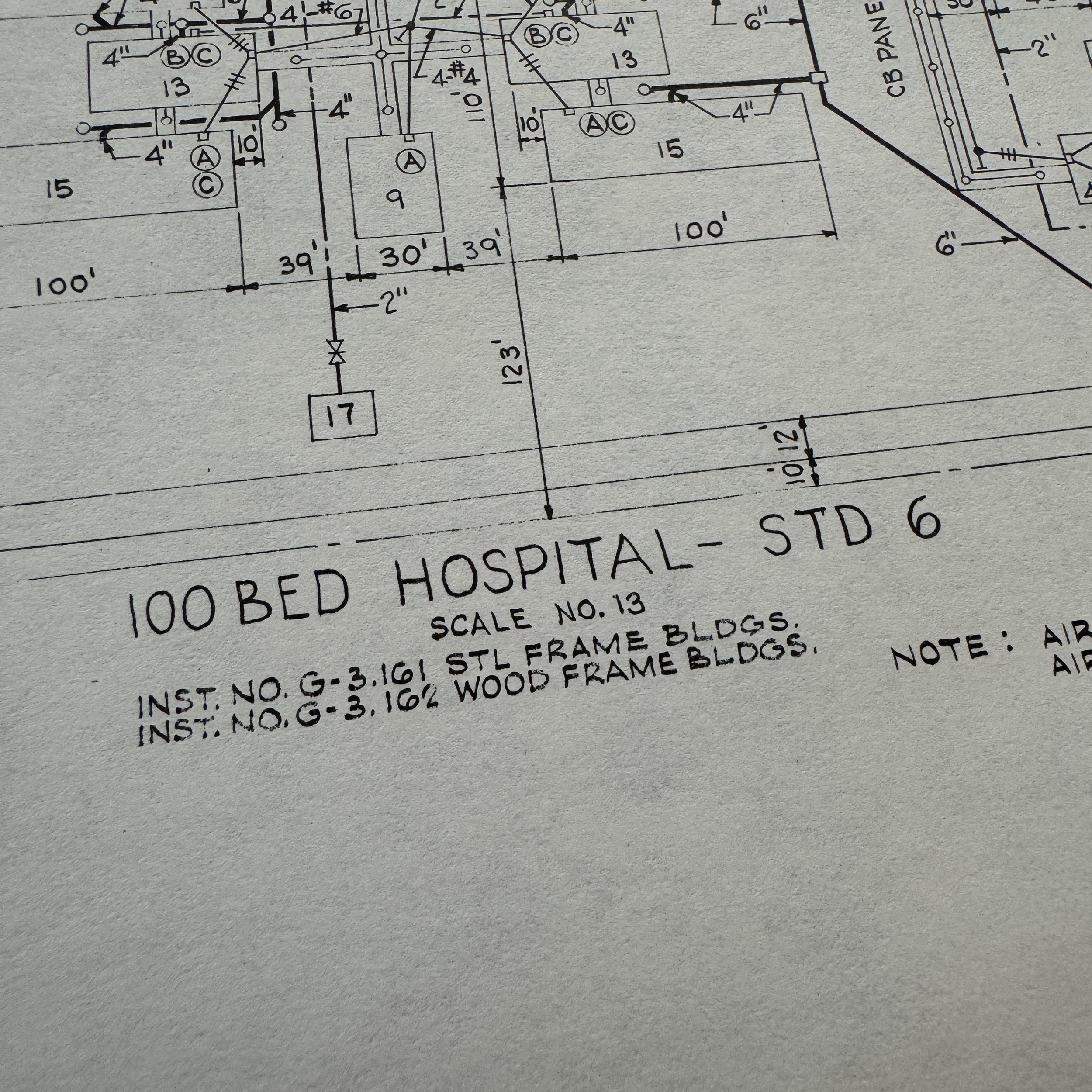

VERY RARE! 1969 Vietnam War U.S. Army Corps of Engineers - Military Construction Division "FIELD HOSPITAL" Theater of Operations Blueprint #1 (Double-Sided)
Comes with a hand-signed C.O.A.
Size: 14 x 20 inches
This extremely rare and museum-grade Vietnam War artifact is an original 1969 dated U.S. Army Corps of Engineers - Military Construction Division "FIELD HOSPITAL" theater of operations blueprint (double-sided).
Printed by the HEADQUARTERS DEPARTMENT OF THE U.S. ARMY (WASHINGTON D.C.) this is a rare Vietnam War theater used bring-back blueprint brought back by a Vietnam War U.S. Army Corps of Engineers - Military Construction Division veteran. This original theater blueprint, preserved in remarkable condition, provides more than a technical outline; it tells a broader story about the Vietnam War infrastructure, the complexities of battlefield medicine, and the immense coordination required by military engineers. The hospitals built from plans from this blueprint played an indispensable role in treating thousands of wounded soldiers, enabling many to return home.
Dated 1969, this U.S. Army Corps of Engineers theater of operations blueprint was drawn in 1968 and printed and distributed to U.S. Army Corps of Engineers in frontline of Vietnam in 1969 where it was used during the peak of the war when more than 500,000 U.S. troops were stationed in Vietnam. Supporting such a massive military force in a foreign country required the construction of extensive infrastructure: airfields, field hospitals, barracks, POW camps, and supply depots, all of which were essential to the war effort.
The primary role of the field hospitals was to provide immediate, life-saving care to soldiers injured in combat. Given the mobile and dynamic nature of the war, field hospitals had to be constructed in such a way that they could quickly respond to the shifting front lines and ongoing battles. Field hospitals had to be portable, durable, and capable of handling the tropical climate, with its monsoons and extreme heat. The Corps of Engineers rose to the occasion by designing and constructing efficient, mobile medical units capable of treating high volumes of casualties.
Design and Construction of Field Hospitals
Field hospitals constructed by the U.S. Army Corps of Engineers during the Vietnam War were typically classified as Mobile Army Surgical Hospitals (MASH) or Combat Support Hospitals (CSH). These units were mobile and could be set up in a matter of days, providing medical personnel with the necessary facilities to perform surgeries, care for the wounded, and stabilize patients before evacuation to more permanent medical centers. The hospitals were composed of prefabricated buildings and tents, equipped with operating rooms, triage areas, and recovery wards.
The construction of these hospitals required significant planning and ingenuity. The Corps of Engineers designed hospitals that could be rapidly assembled using prefabricated structures, which allowed them to be transported easily by air or land to various locations throughout South Vietnam. These prefabricated units provided a level of durability that tent hospitals lacked while still being mobile enough to relocate if necessary.
One of the key innovations of the Corps was the use of modular construction techniques. This allowed the hospitals to be expanded or contracted based on the number of casualties and the availability of resources. For example, if a particular area experienced a surge in combat activity, additional modules could be added to increase the hospital’s capacity. Conversely, if combat activity decreased, the hospital could be reduced in size and moved to a more critical area.
Overcoming Environmental and Logistical Challenges
Vietnam’s geography and climate posed unique challenges for the construction of field hospitals. The tropical heat and monsoon rains created conditions that could quickly degrade traditional construction materials. Engineers had to select materials that were not only durable but also resistant to the region's extreme weather conditions. In some cases, this meant developing new materials or importing specialized equipment from the United States or other military installations.
Another significant challenge was the need to construct hospitals in remote areas, often near active combat zones. This meant that the Corps of Engineers had to work quickly and efficiently, often under the threat of enemy attack. Construction crews and engineers worked in dangerous conditions, sometimes pausing their work to seek shelter during enemy artillery strikes or attacks from the North Vietnamese Army and the Viet Cong.
In some cases, the location of the hospitals was dictated by the proximity to military operations, particularly near firebases or major offensives like the Tet Offensive in 1968. As the nature of the conflict shifted toward guerrilla warfare, the need for mobile, adaptable medical units increased. The Corps of Engineers developed field hospitals that could be established in remote jungle areas, in heavily contested regions, or in more secure locations, depending on the needs of the military at any given time.
Technological Advancements and Innovations
The Vietnam War saw significant advancements in medical technology, which had a direct impact on the design and functionality of field hospitals. The introduction of helicopter medical evacuations (known as "dustoff" missions) revolutionized how wounded soldiers were transported to medical facilities, often within the critical "golden hour" after an injury. The Corps of Engineers constructed field hospitals with helicopter landing pads and other infrastructure to accommodate this vital component of military medicine.
Another key innovation during the war was the integration of advanced medical equipment into the field hospitals. This included portable X-ray machines, sterilization units, and other technologies that allowed medical teams to perform complex surgeries in the field. The Corps of Engineers had to design facilities that could house and protect this equipment, ensuring that it was available and operational in even the most challenging environments.
Legacy and Impact
The construction of field hospitals by the U.S. Army Corps of Engineers during the Vietnam War had a profound impact on the ability of the U.S. military to care for its wounded. The ability to quickly and efficiently construct medical facilities close to the front lines saved countless lives by providing rapid access to surgical care. Additionally, the innovations developed during the war—particularly in terms of modular construction and mobile medical units—had a lasting impact on military engineering and medical care.
The field hospitals also played a critical role in the morale of U.S. soldiers. Knowing that advanced medical care was available, even in remote combat zones, provided soldiers with a sense of security and confidence. The Corps of Engineers’ ability to construct and maintain these hospitals under such difficult conditions is a testament to the skill and dedication of its personnel.